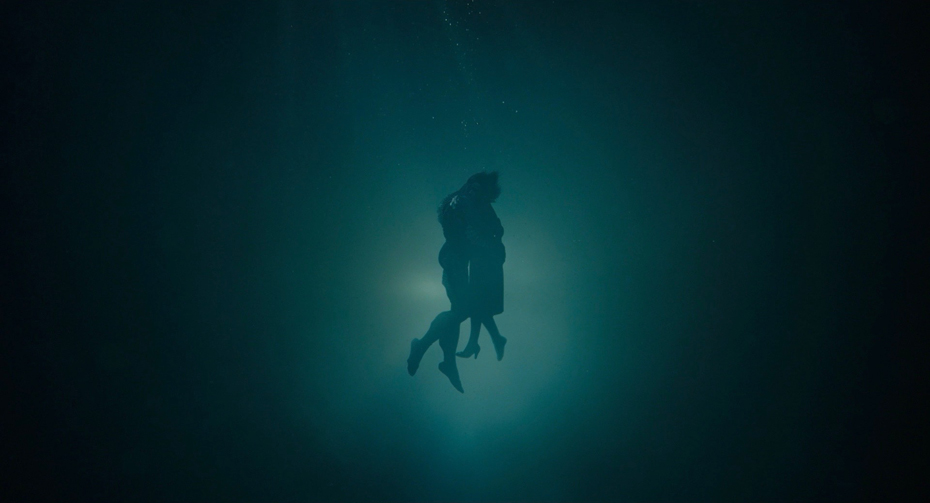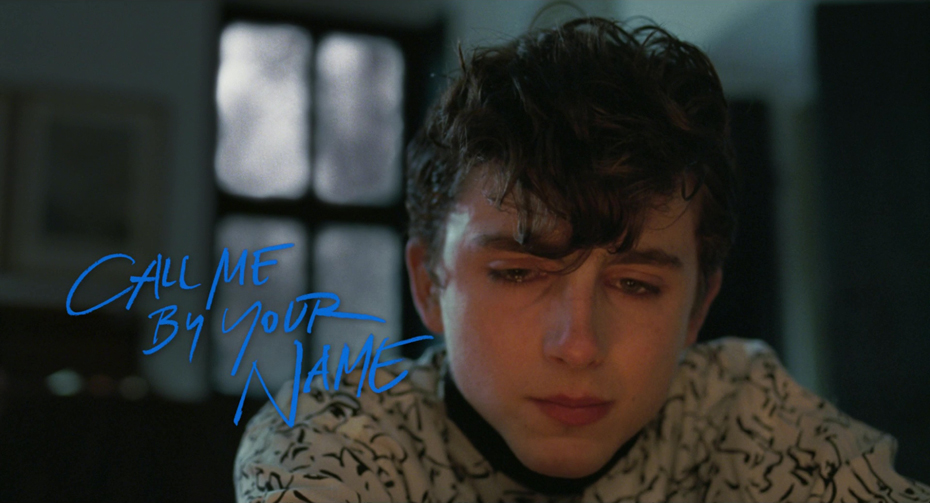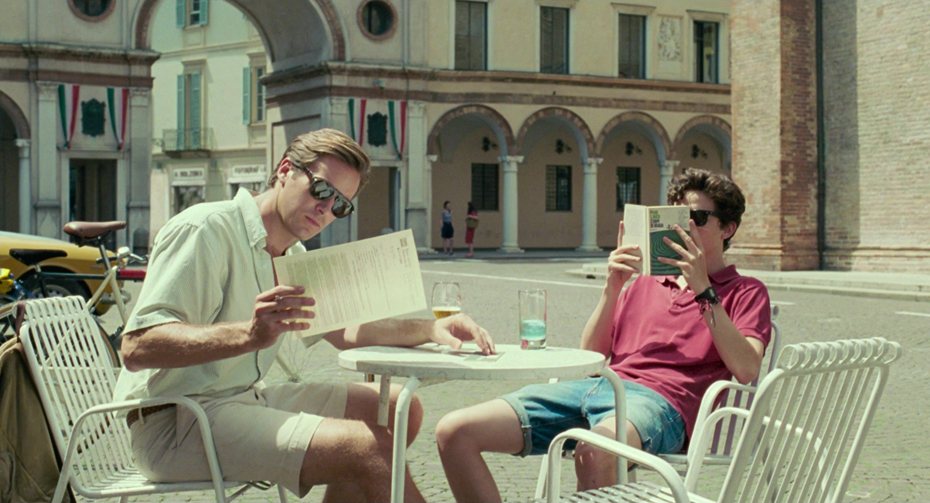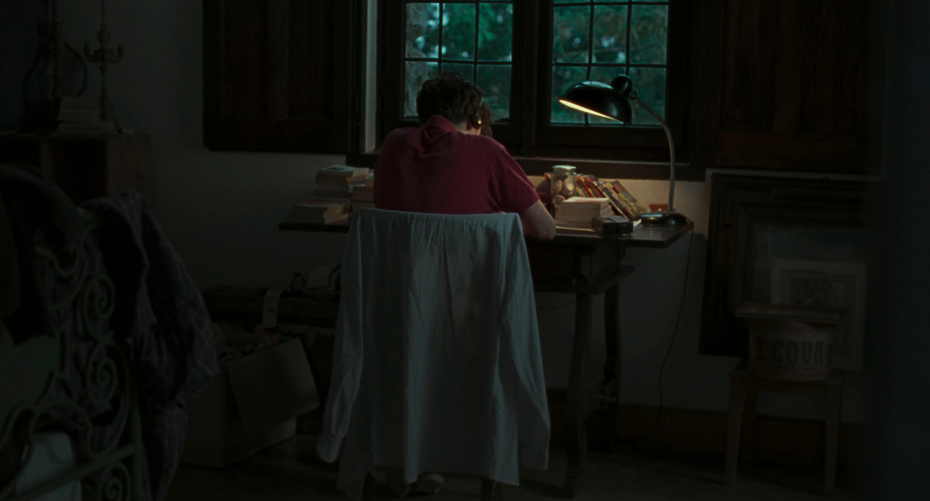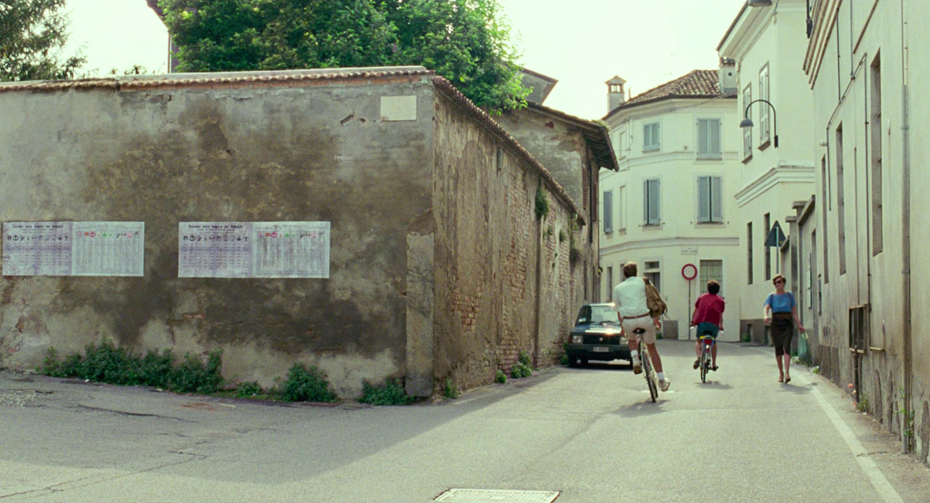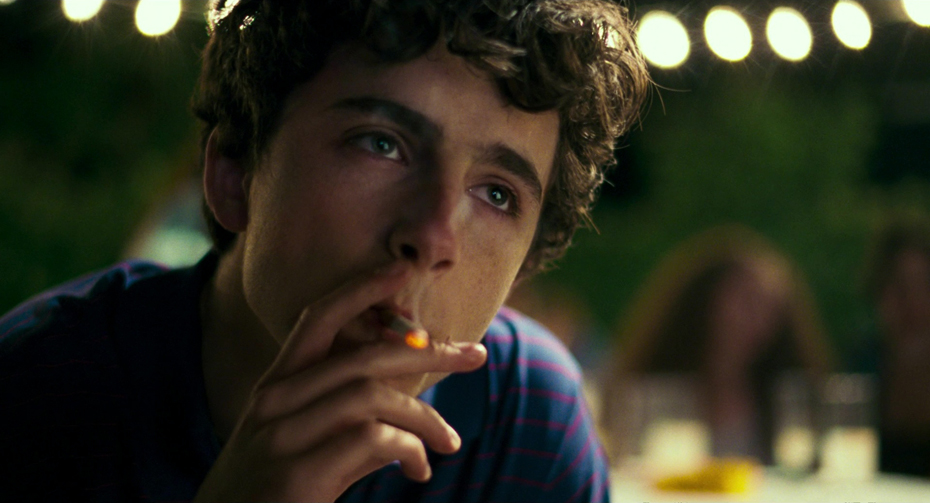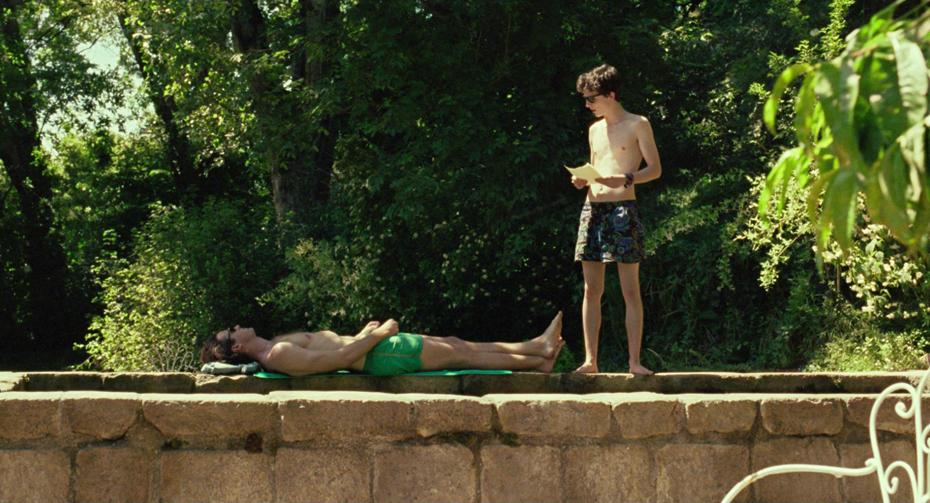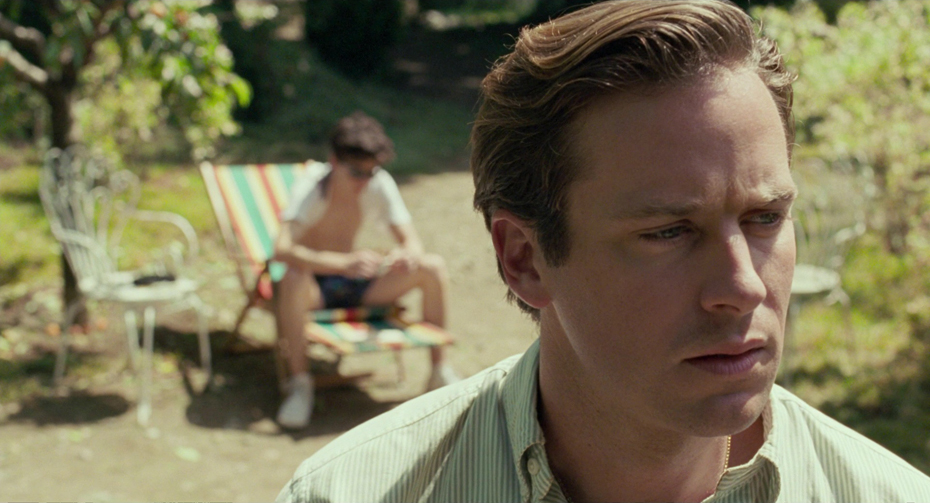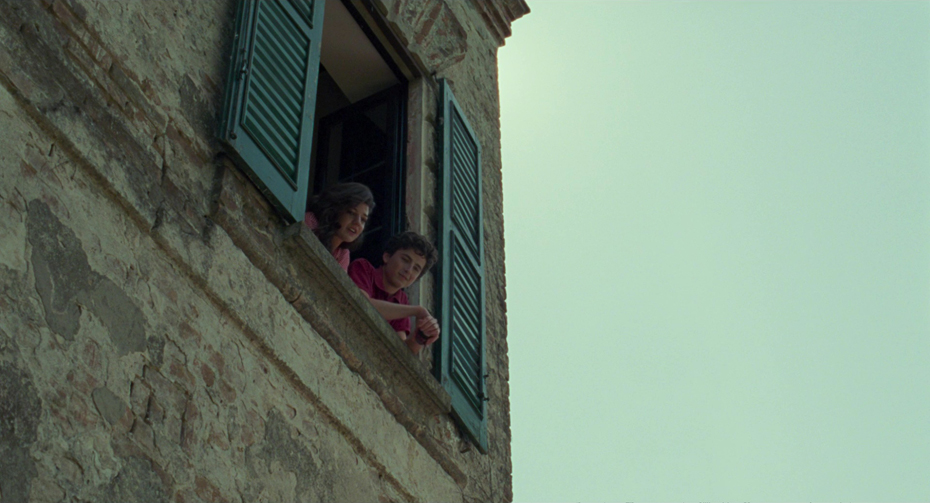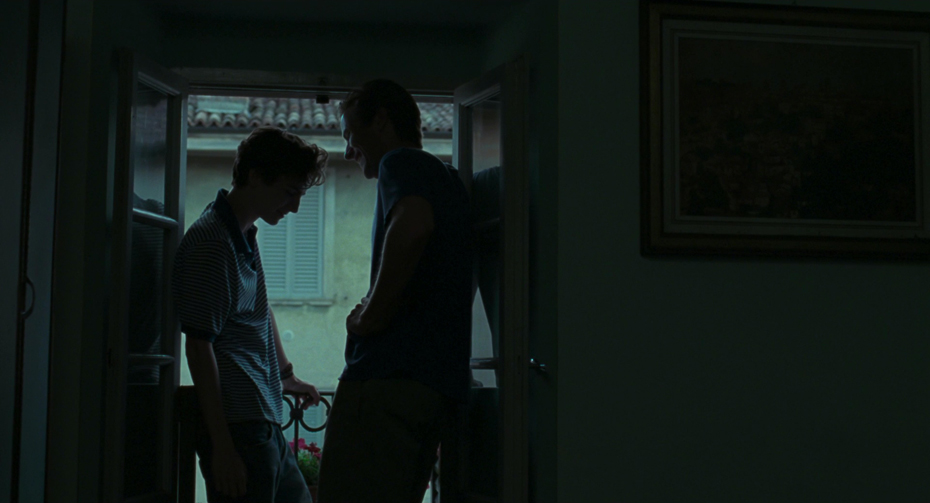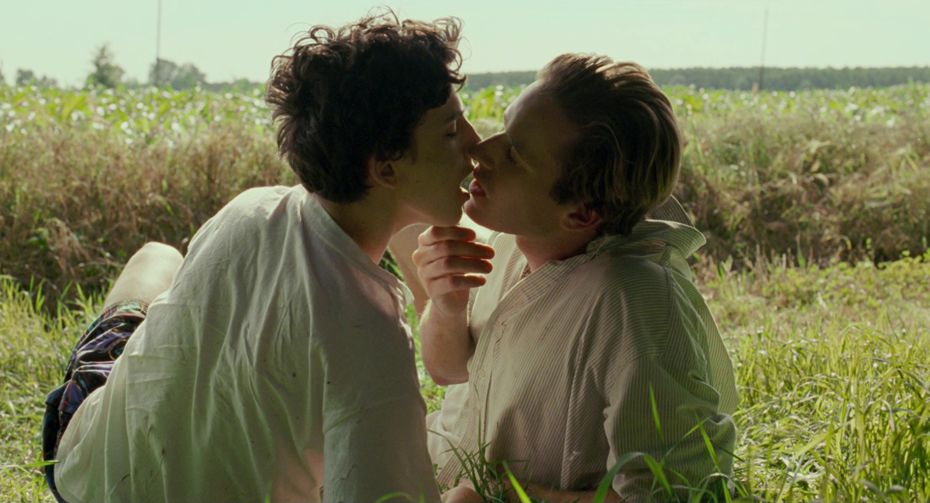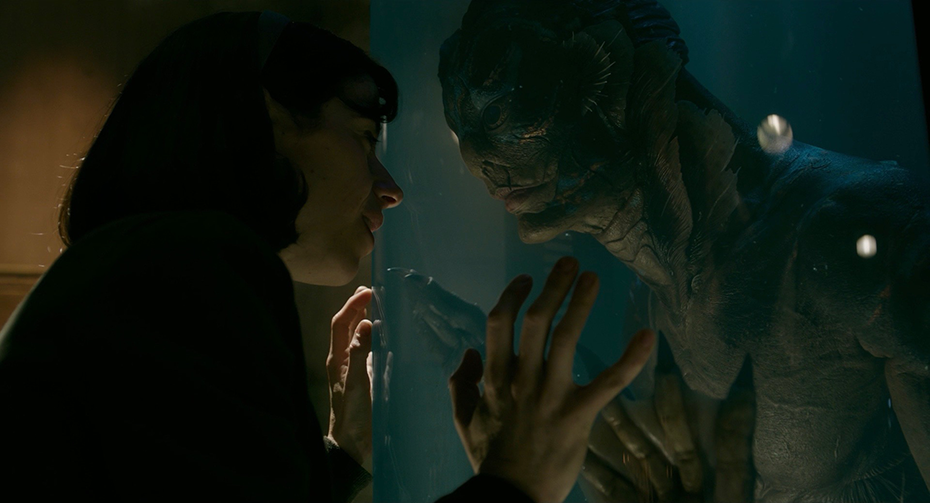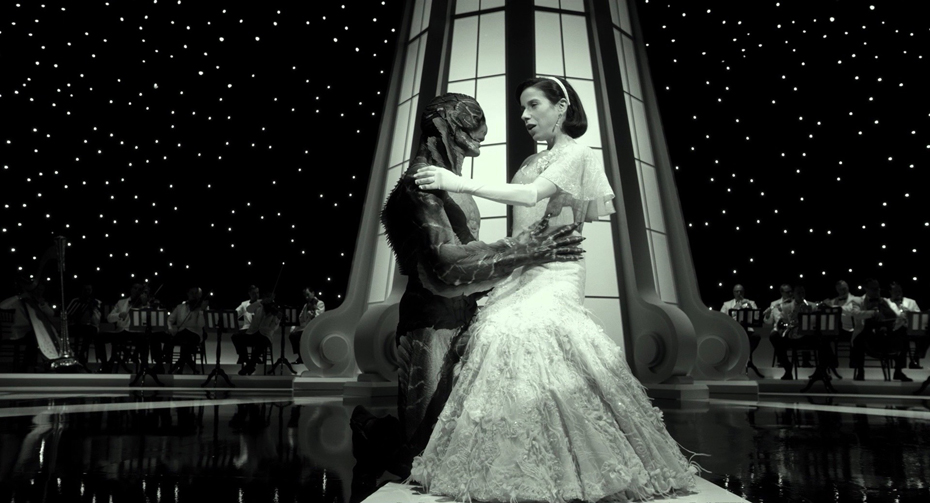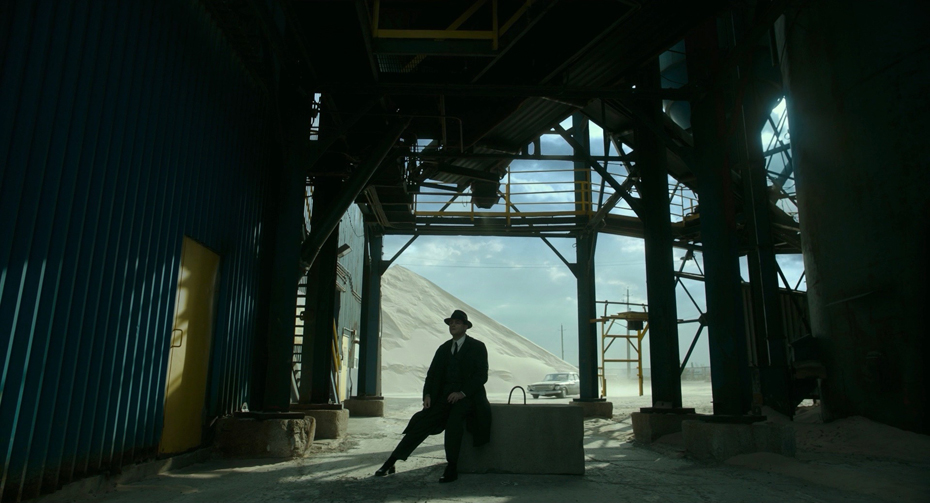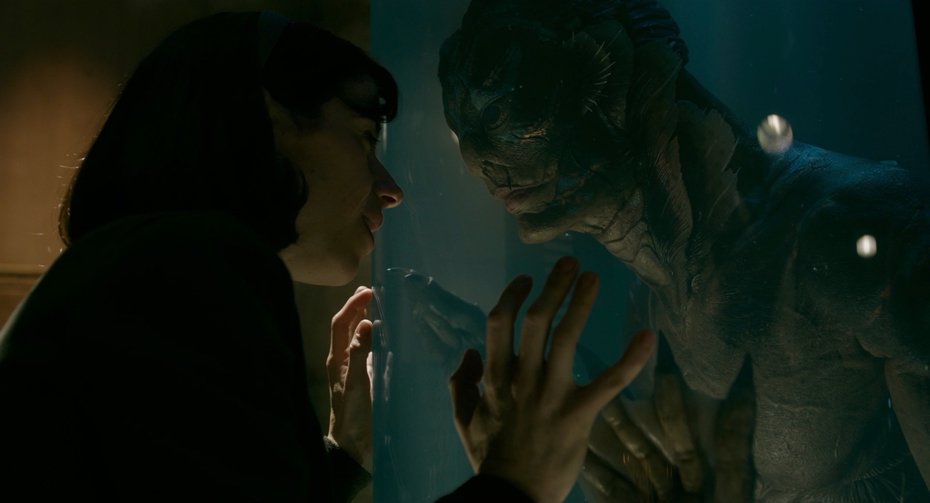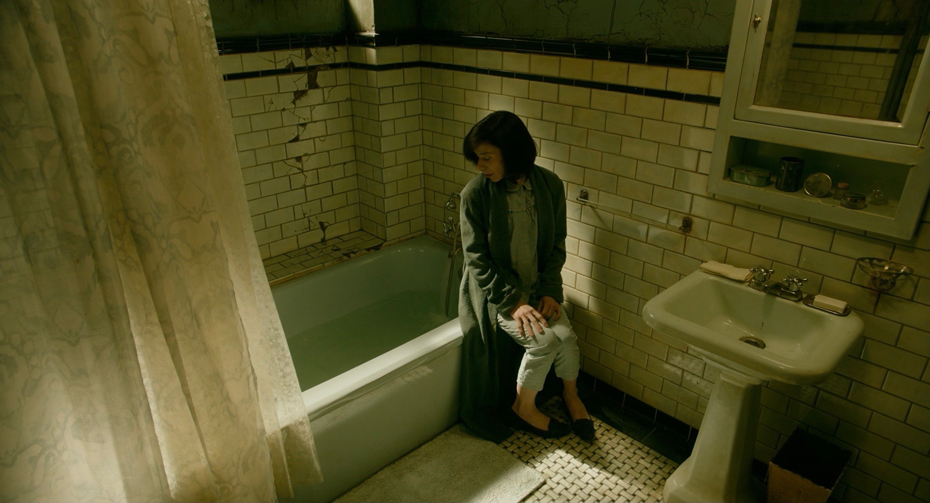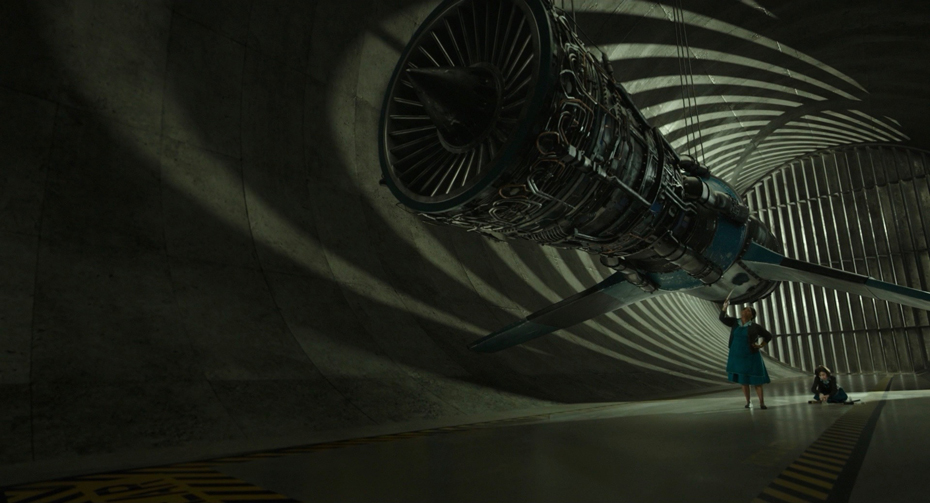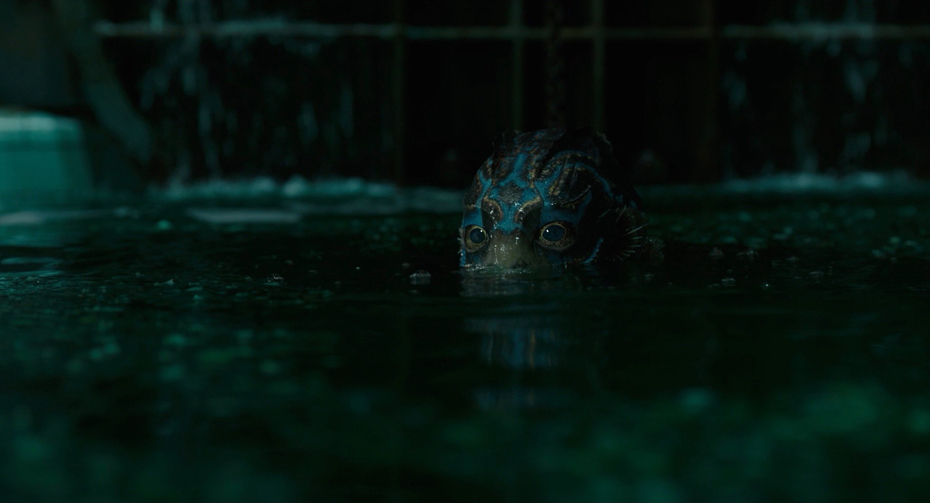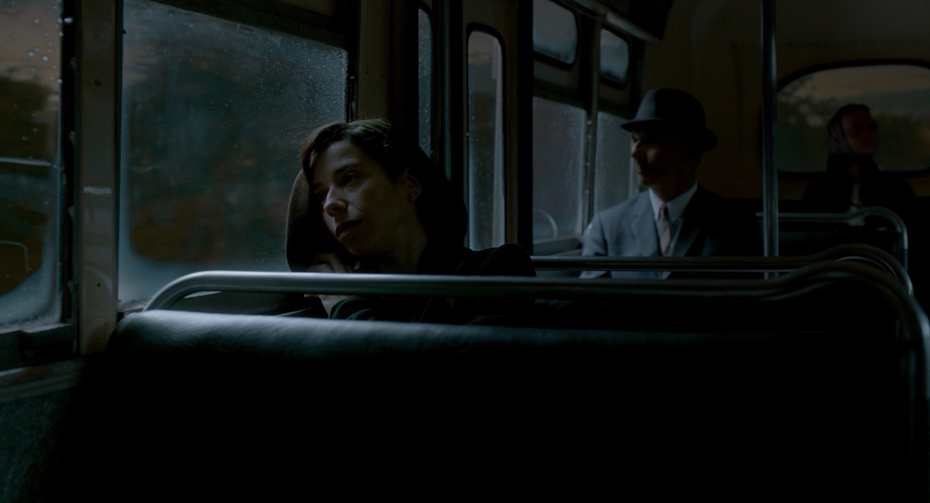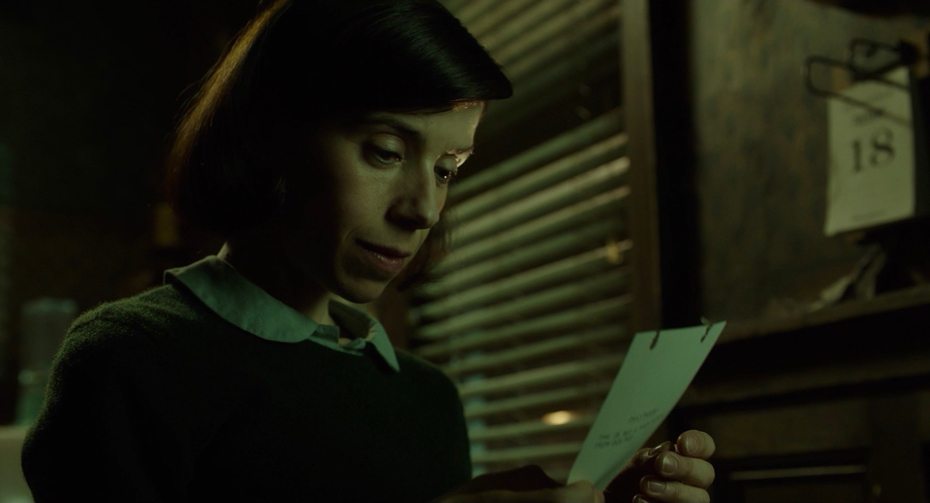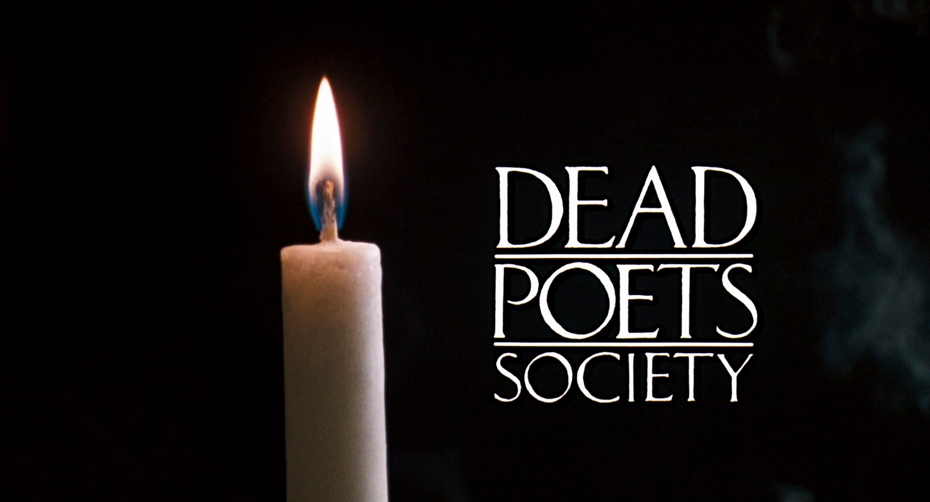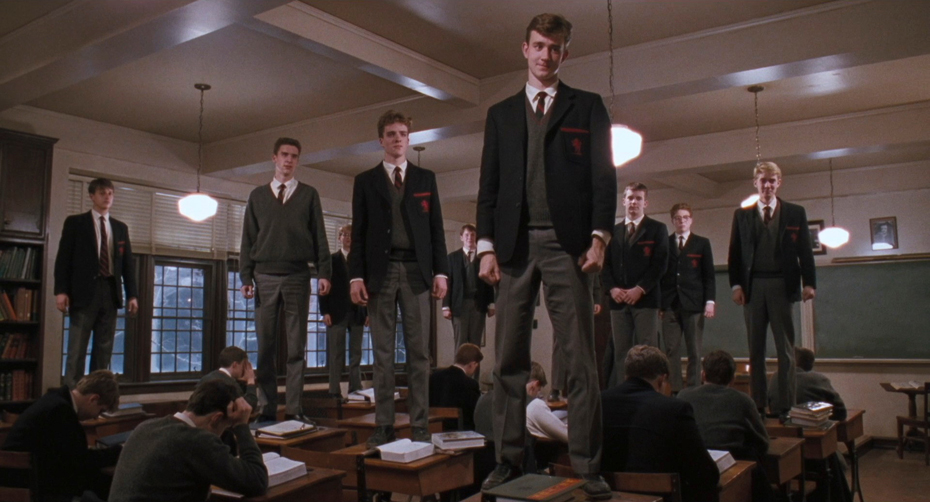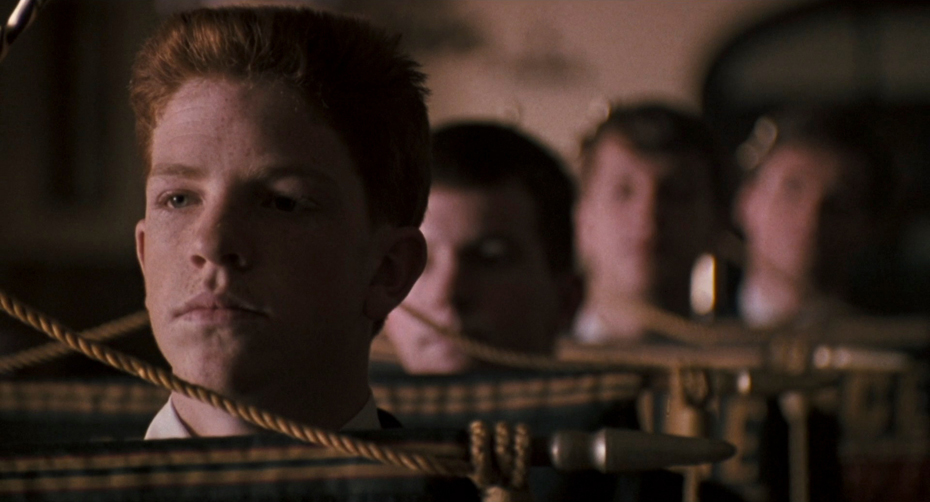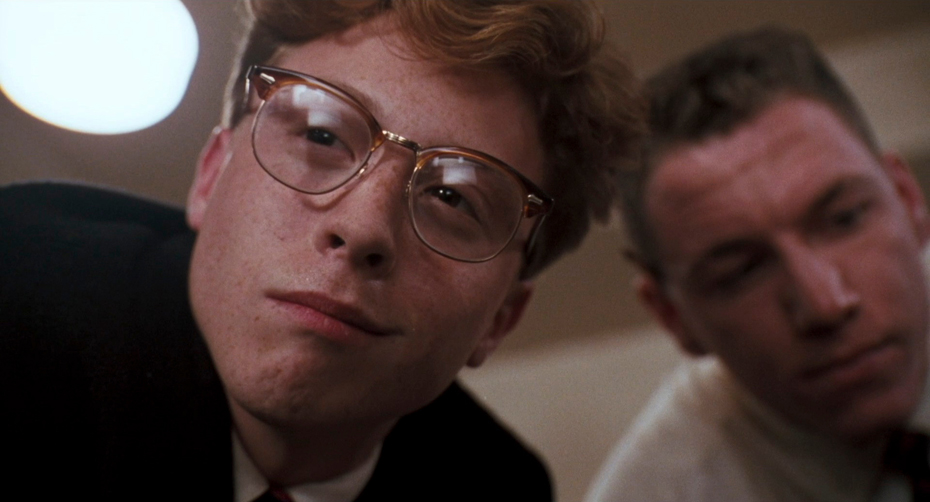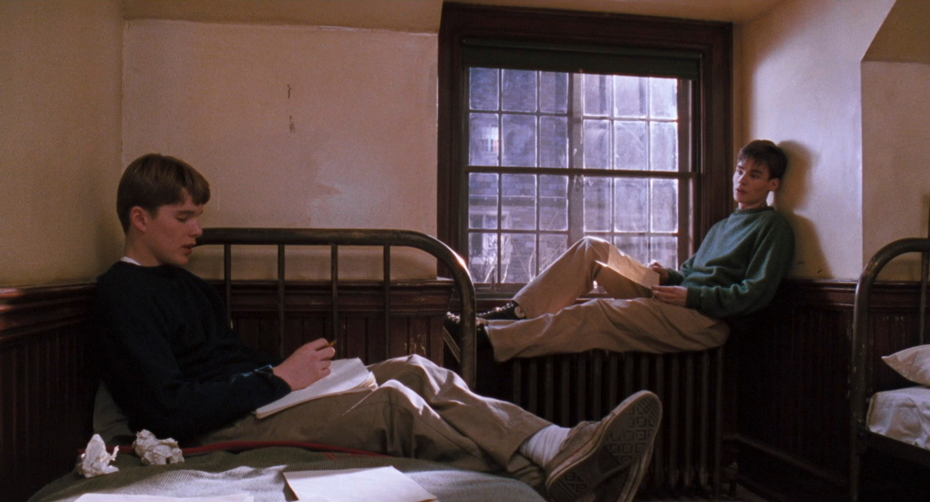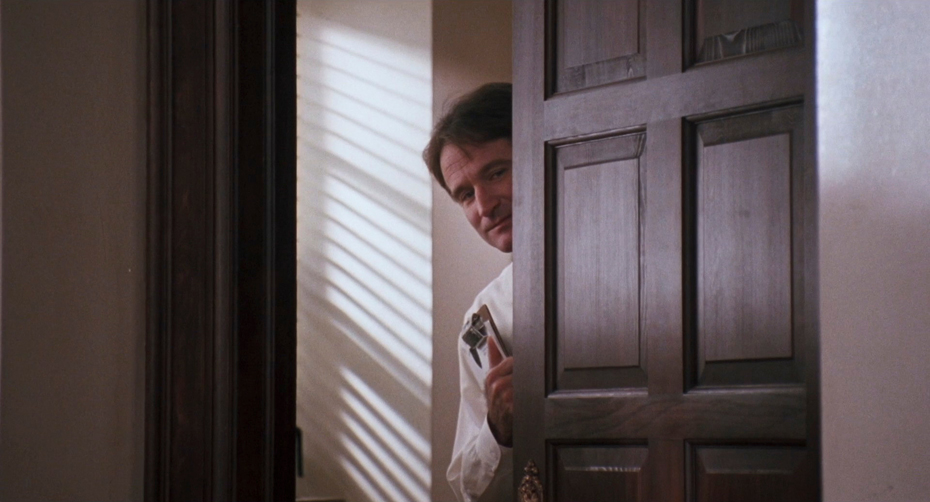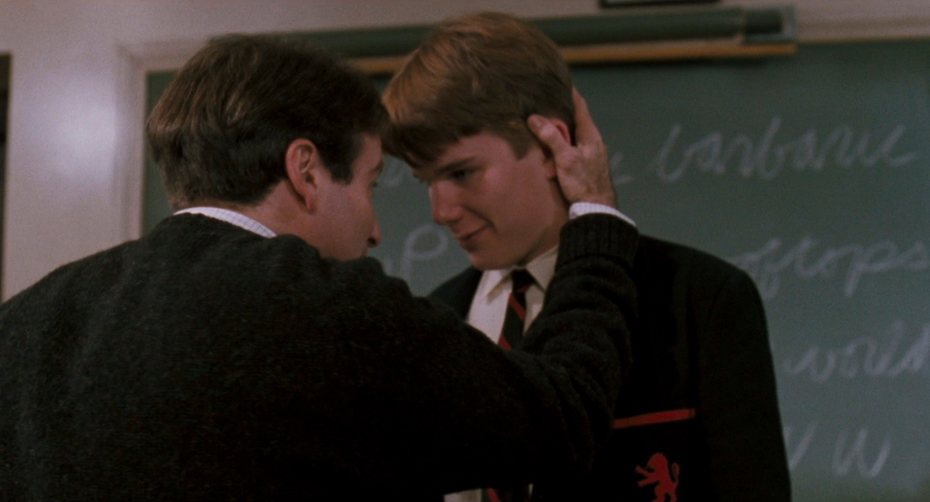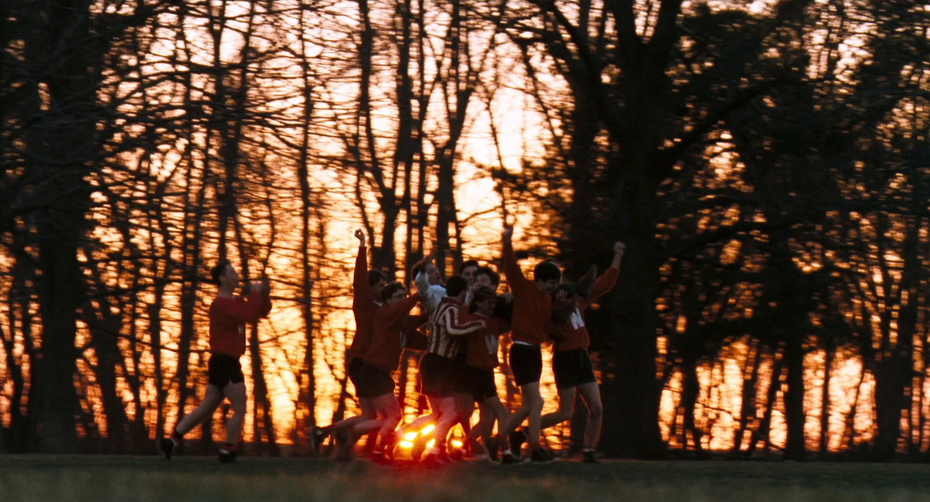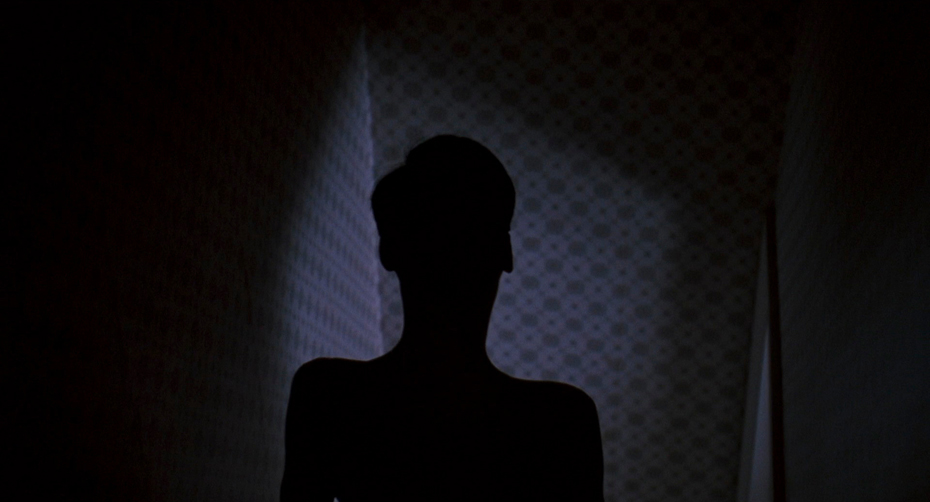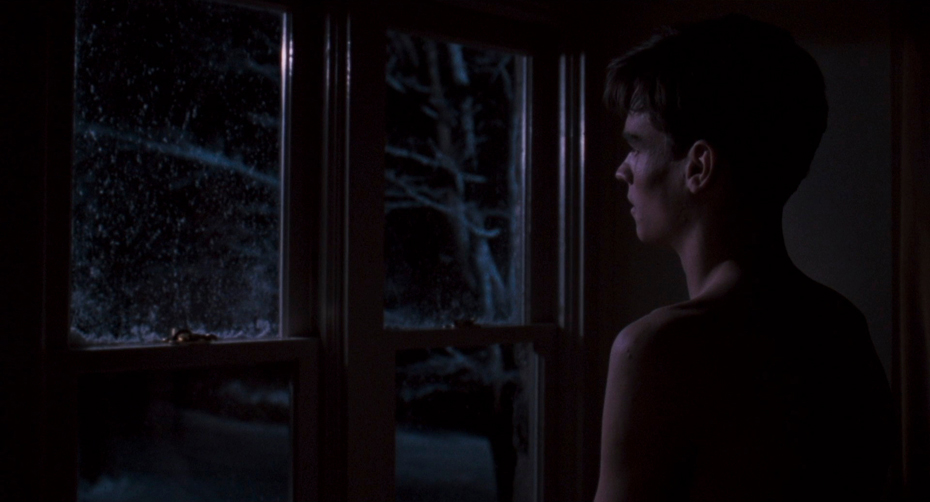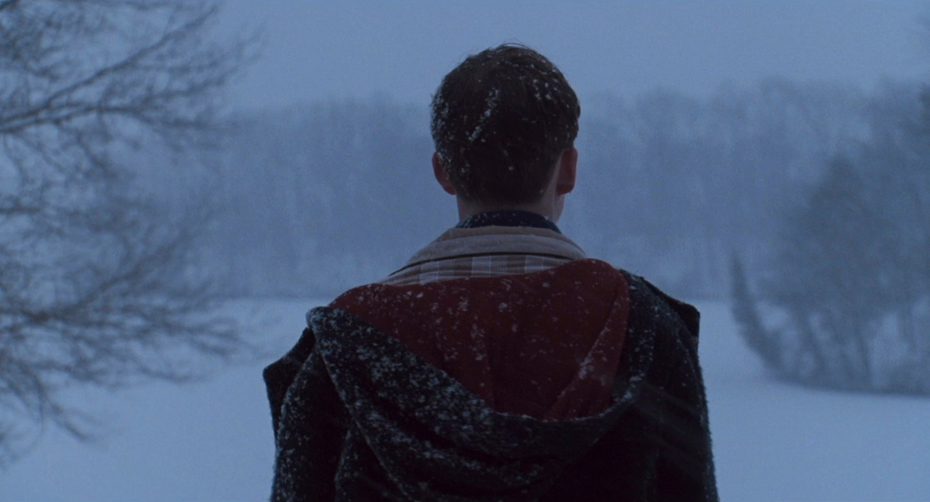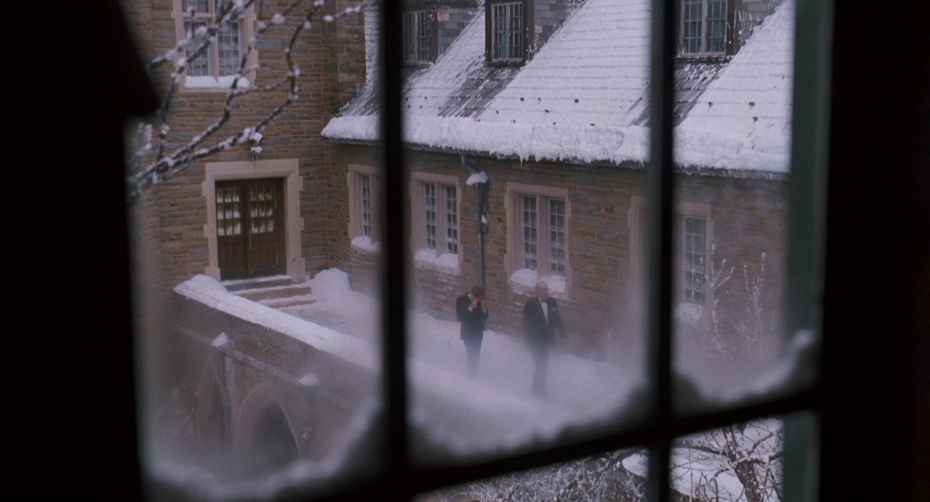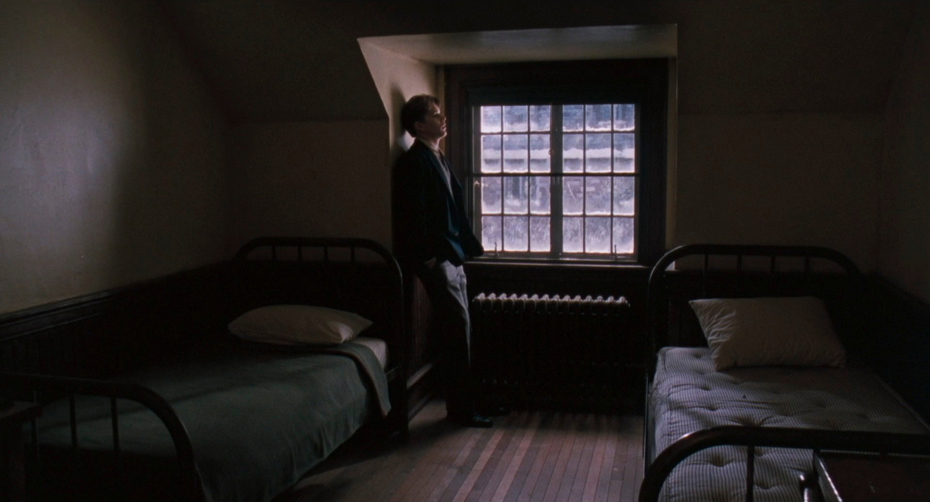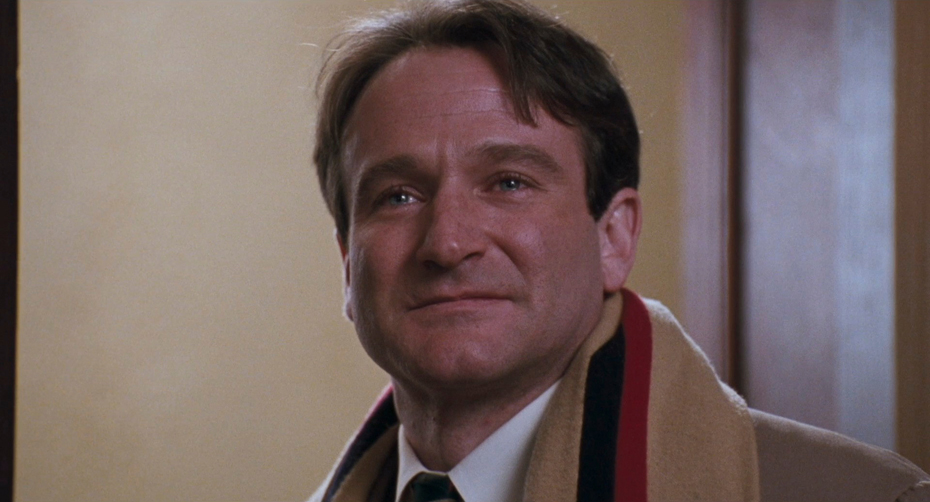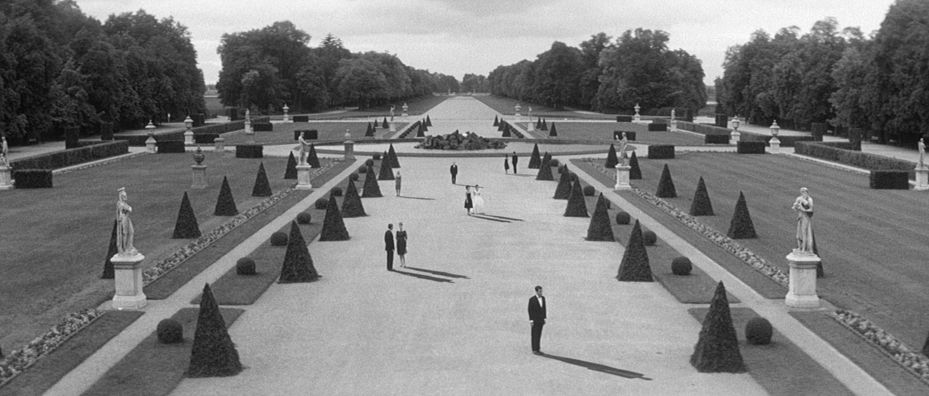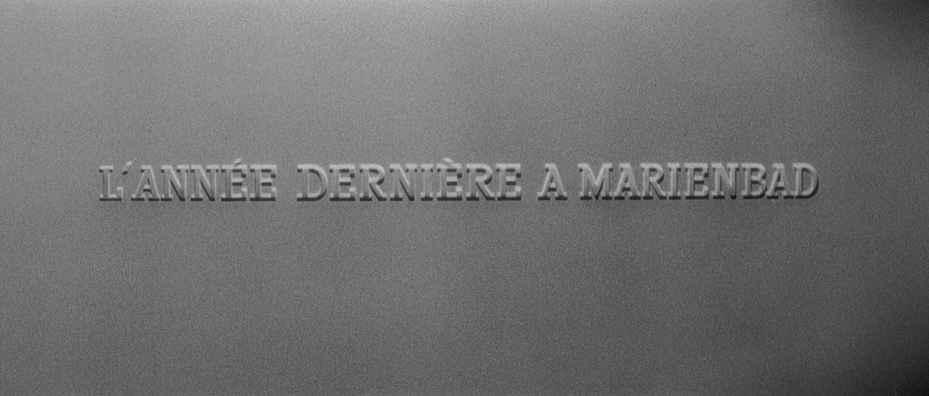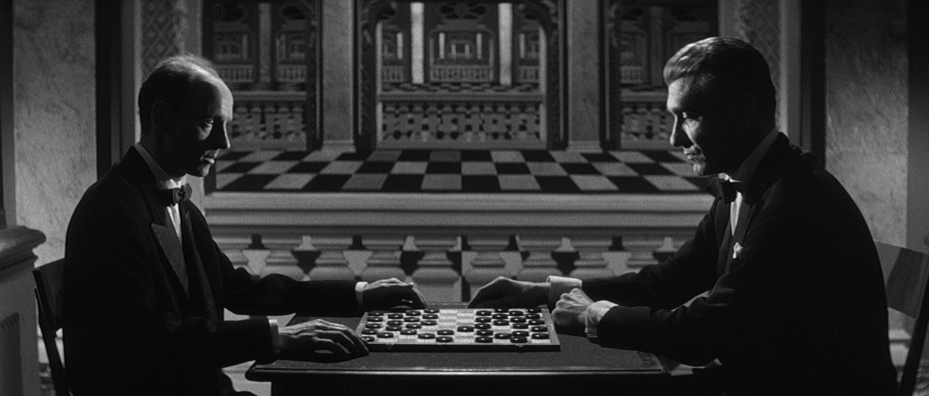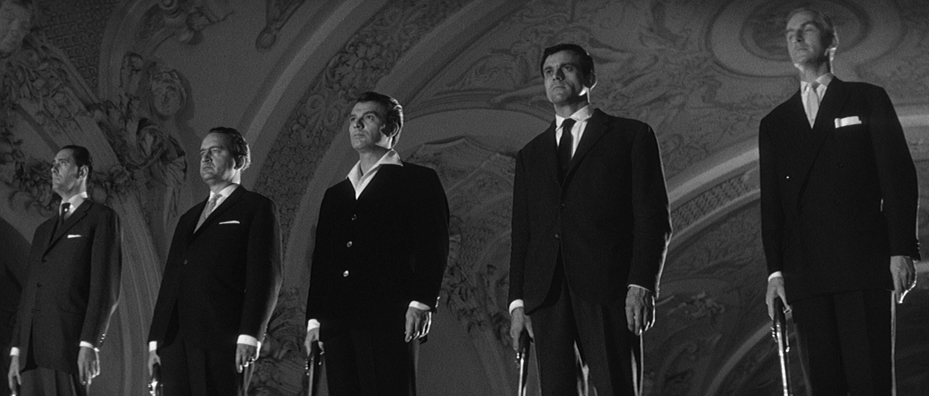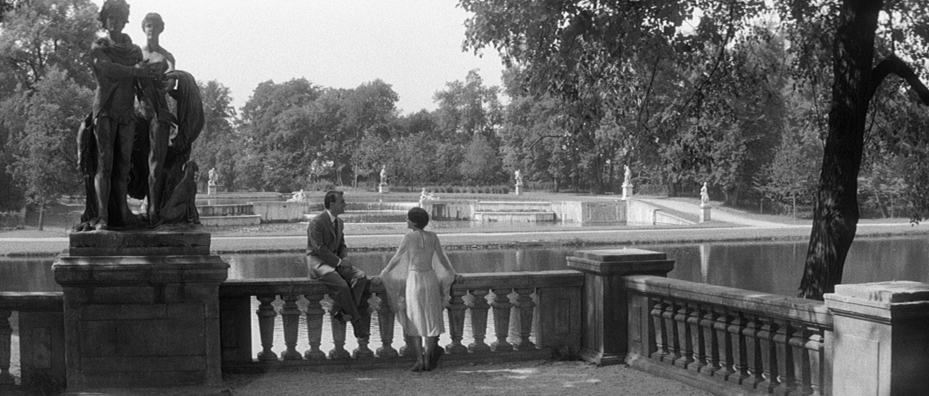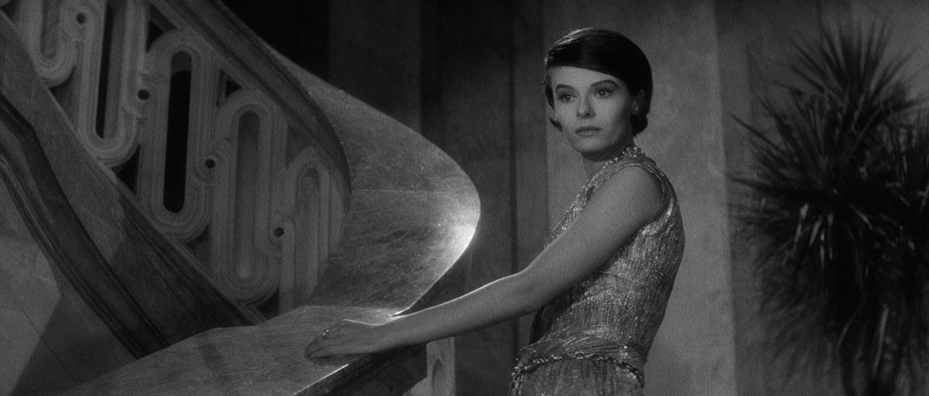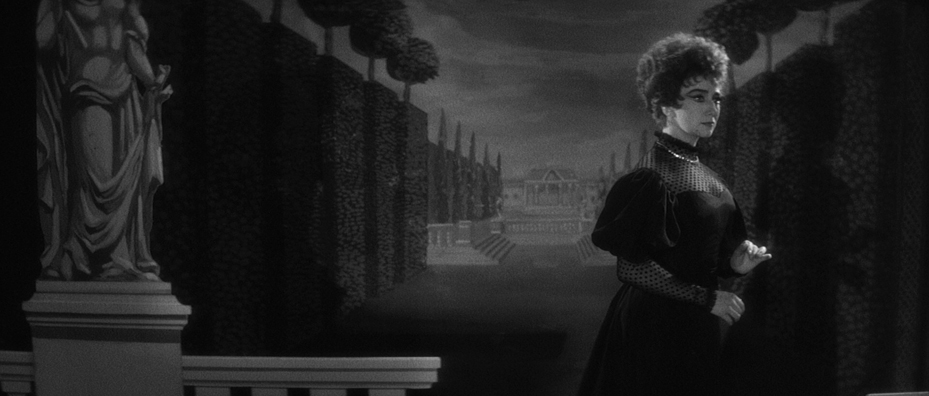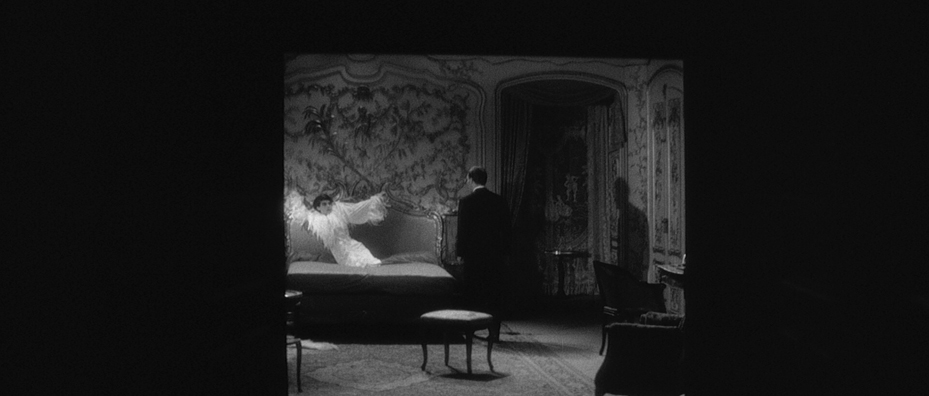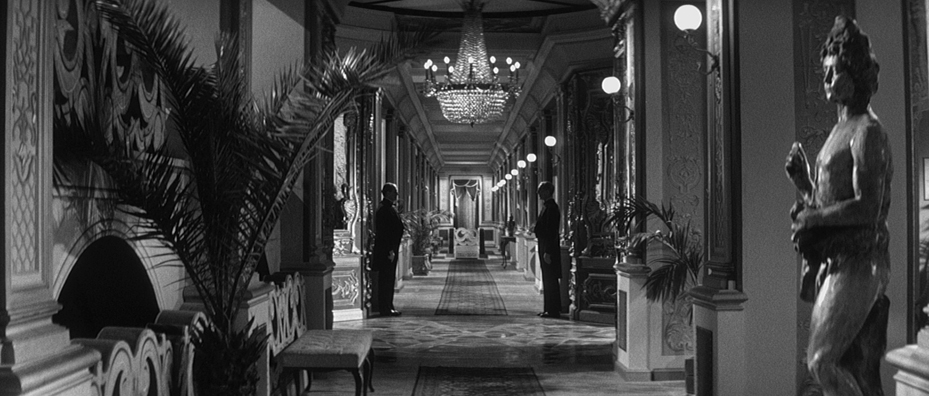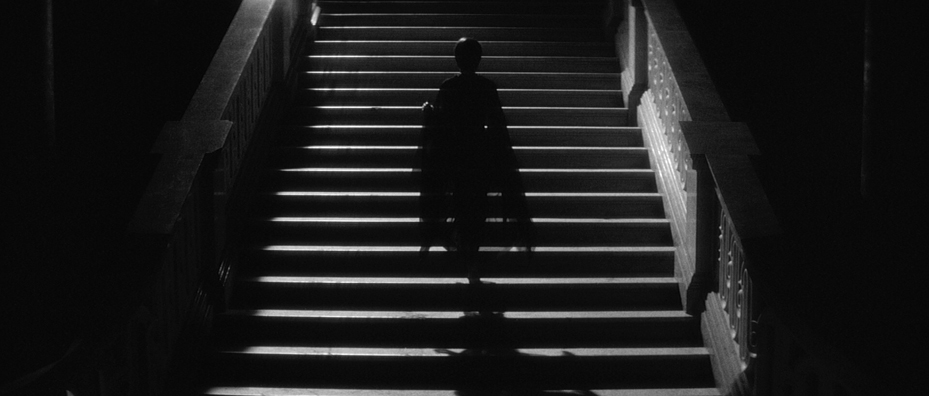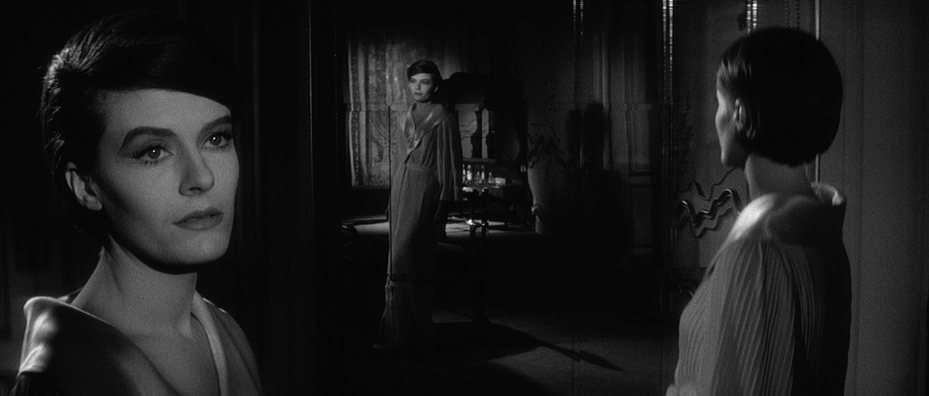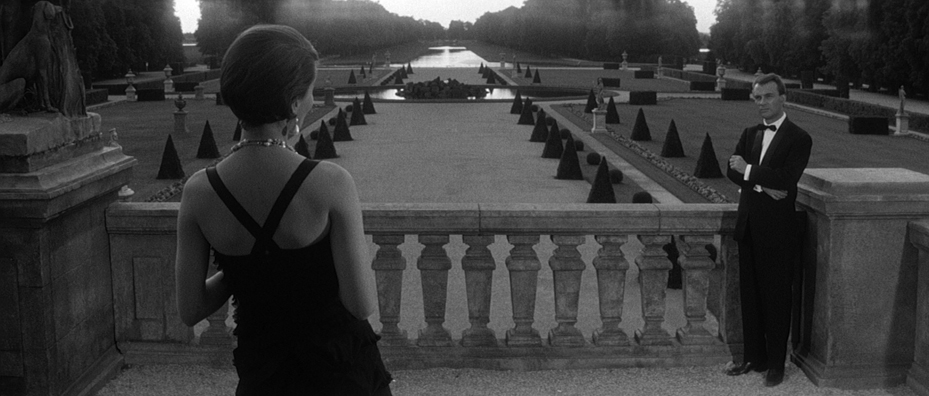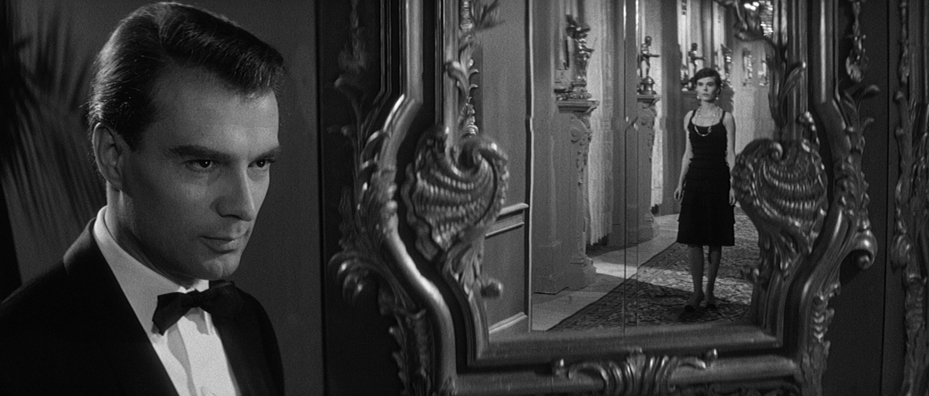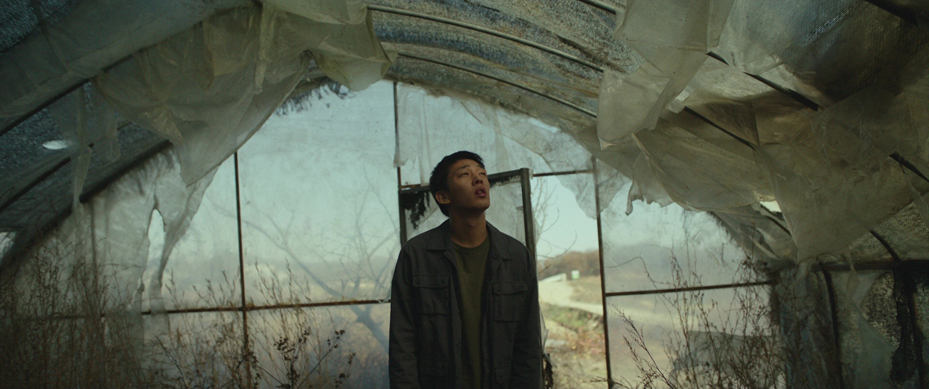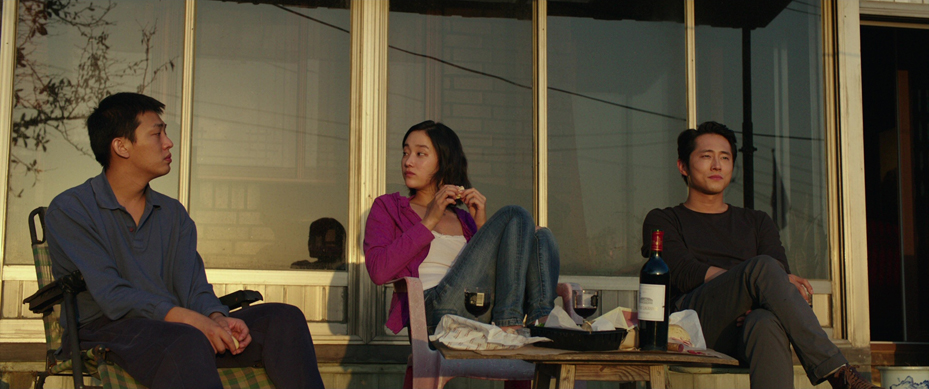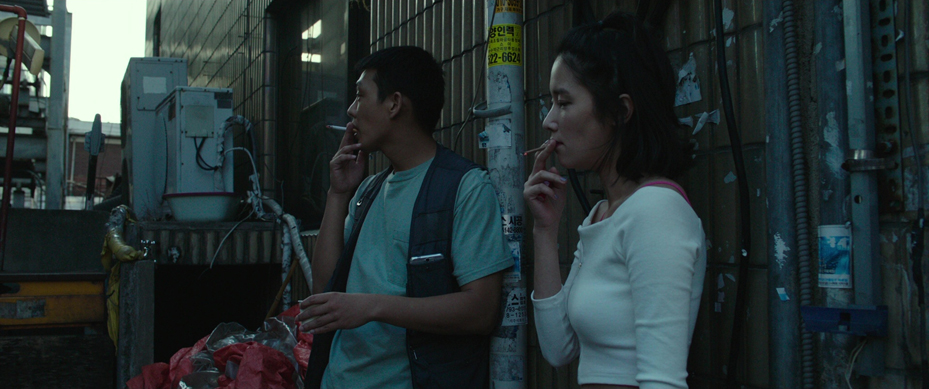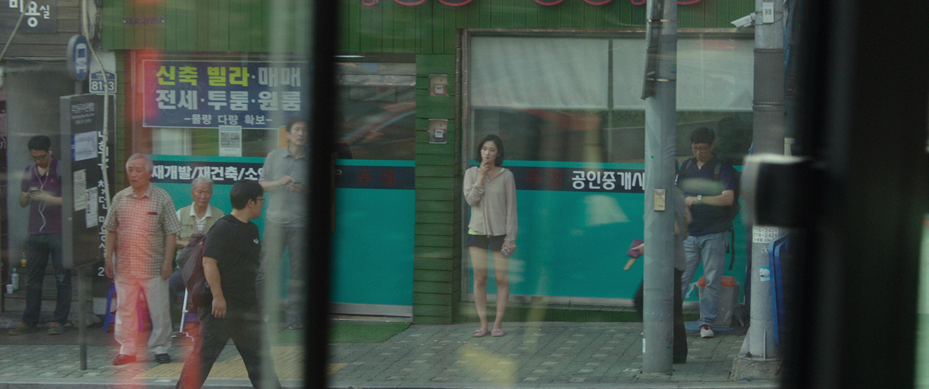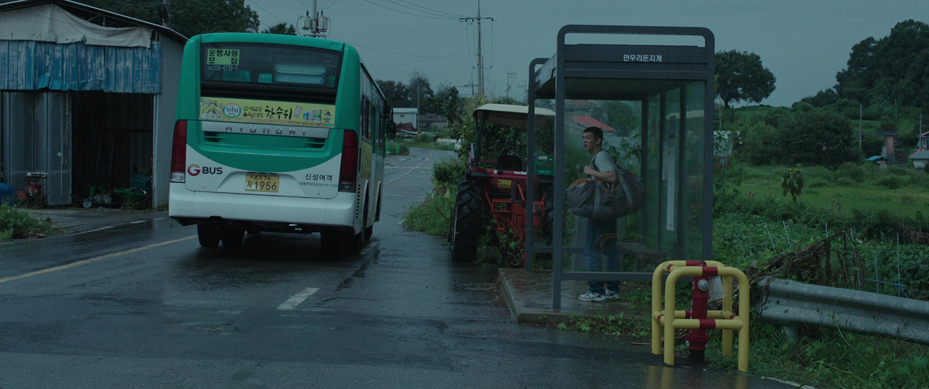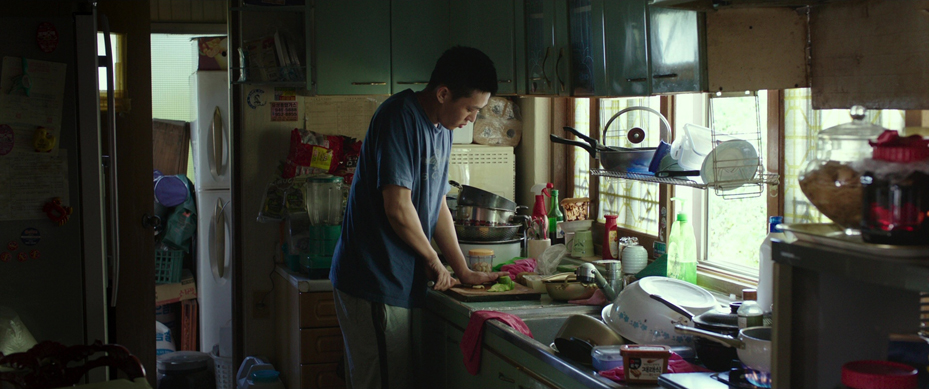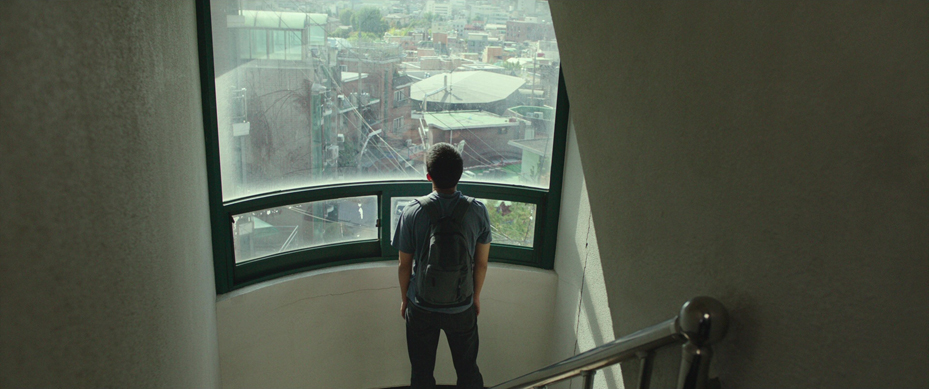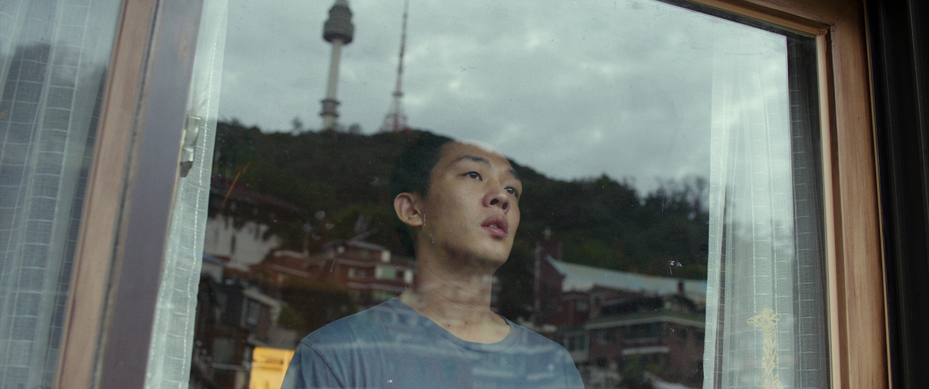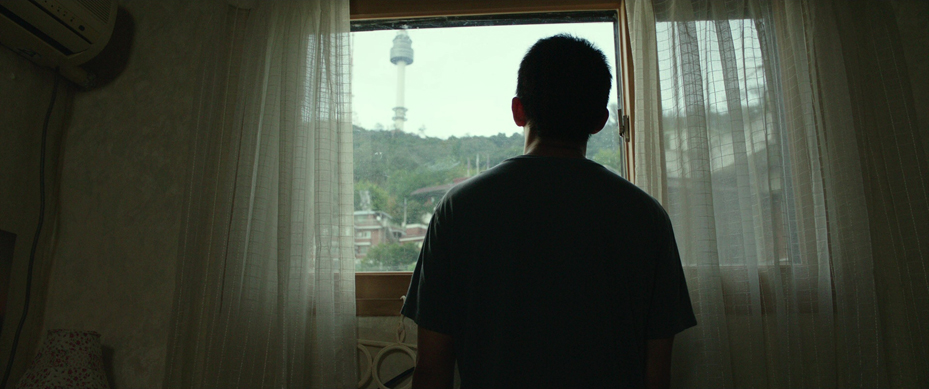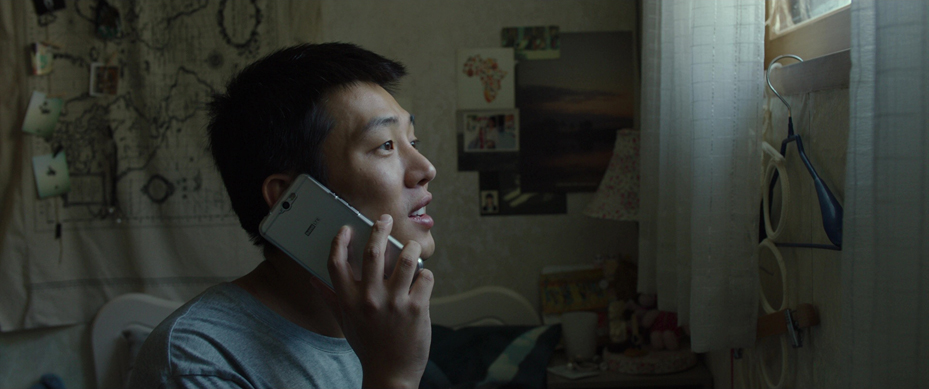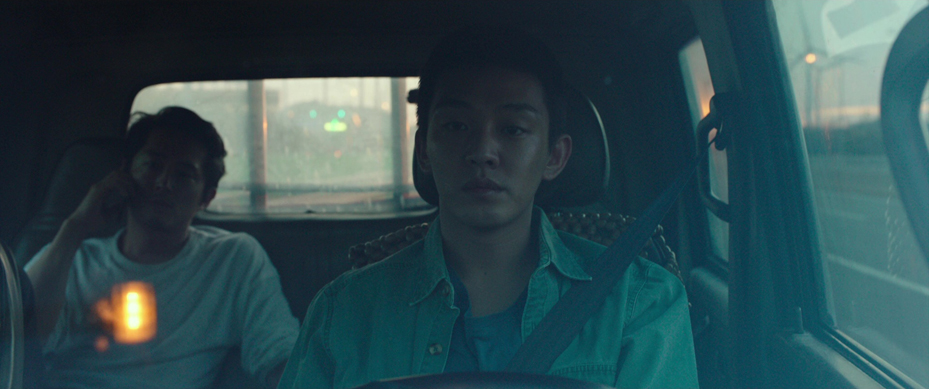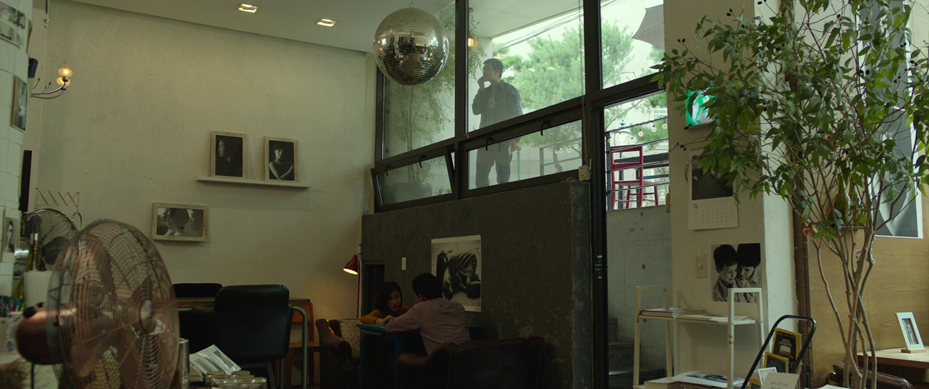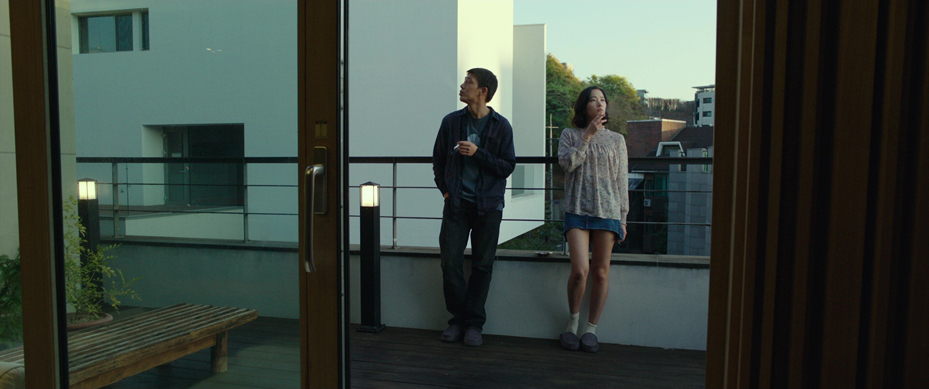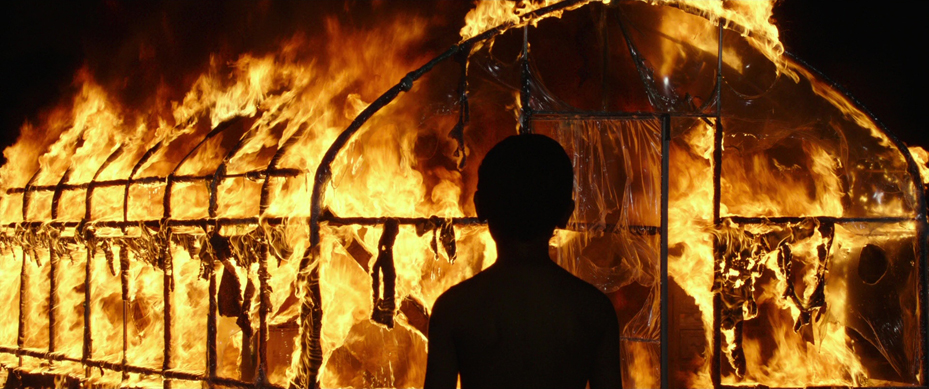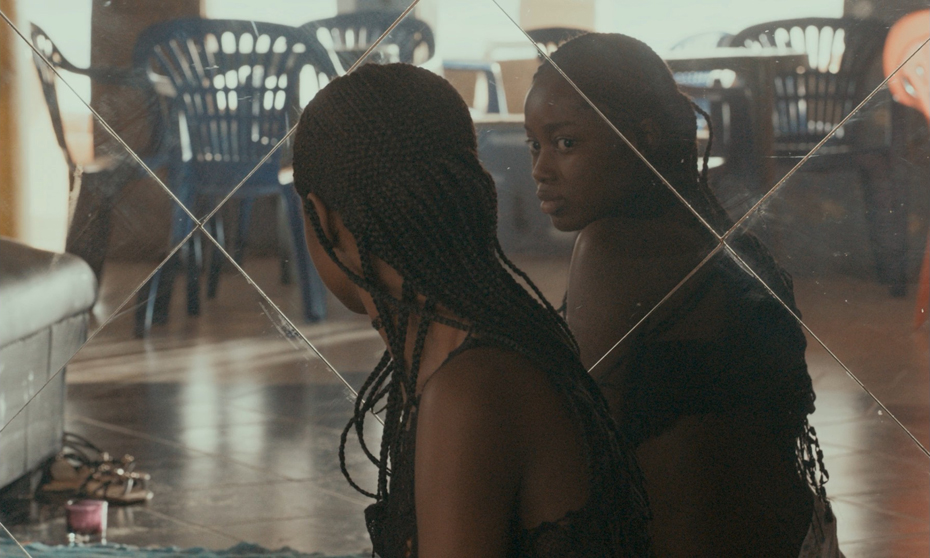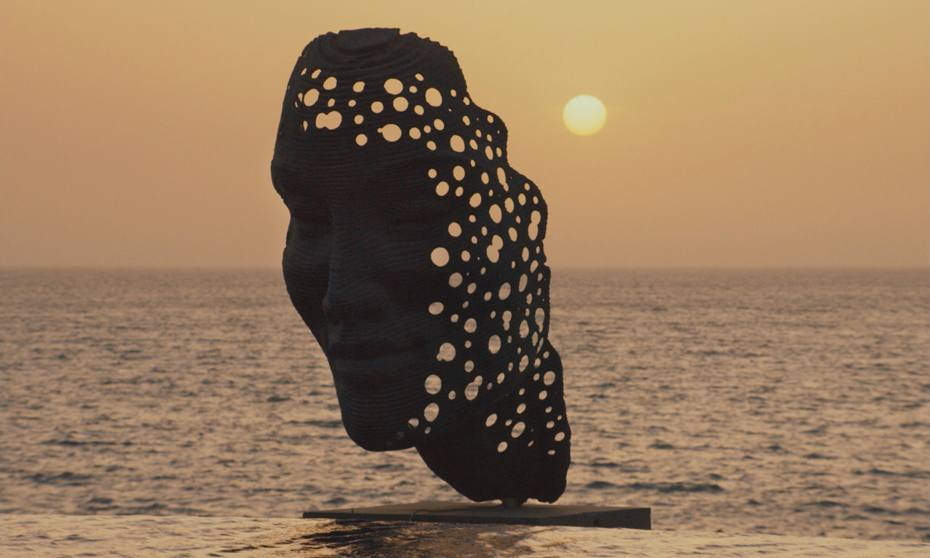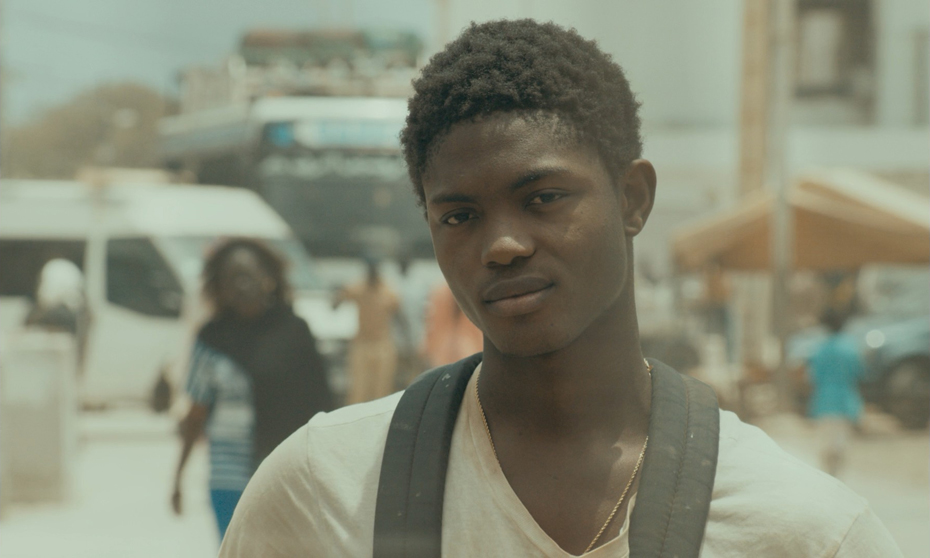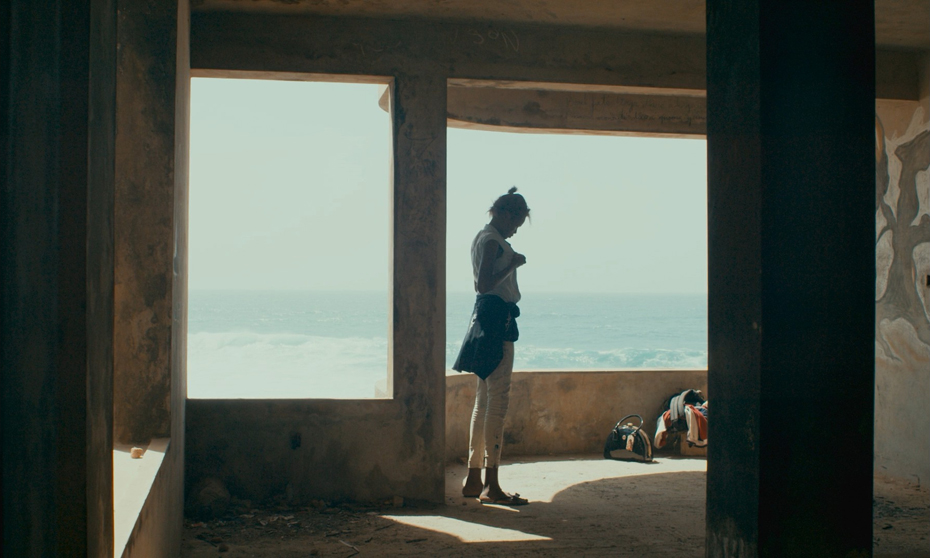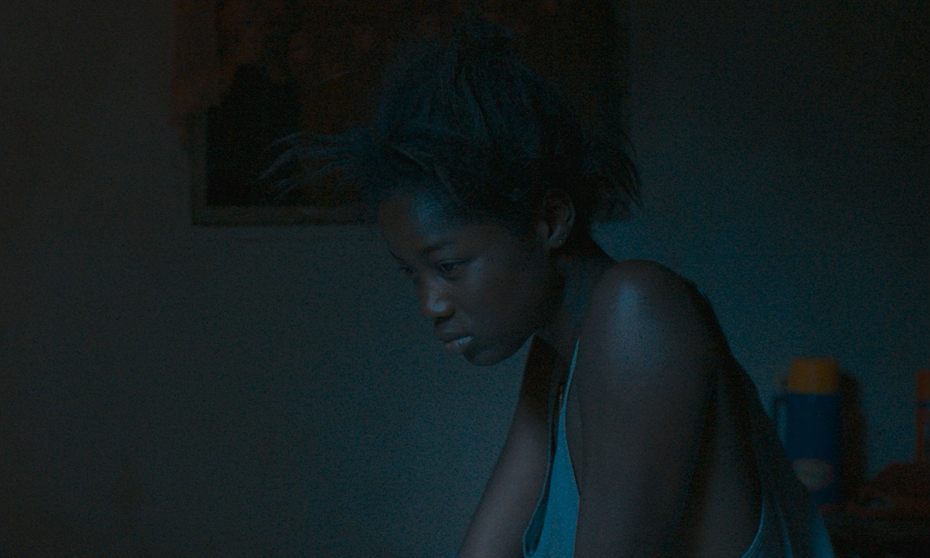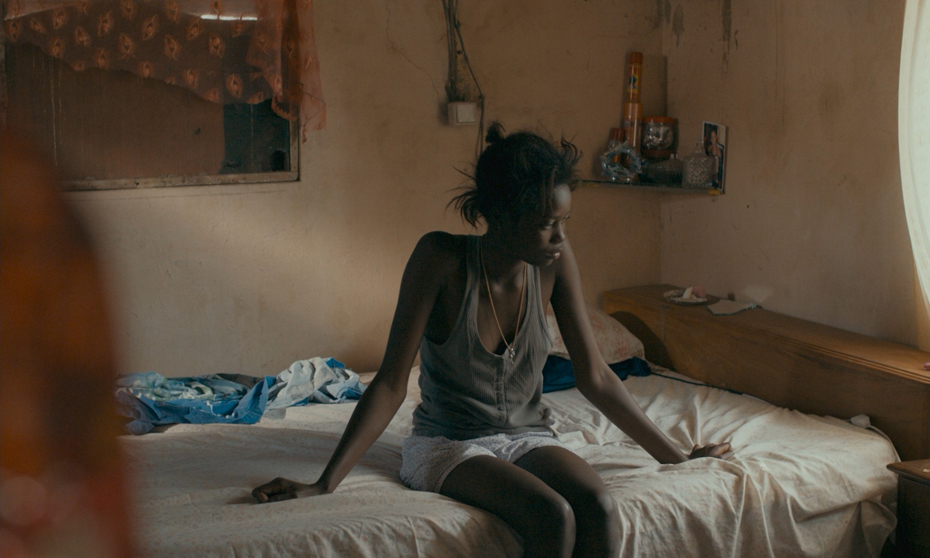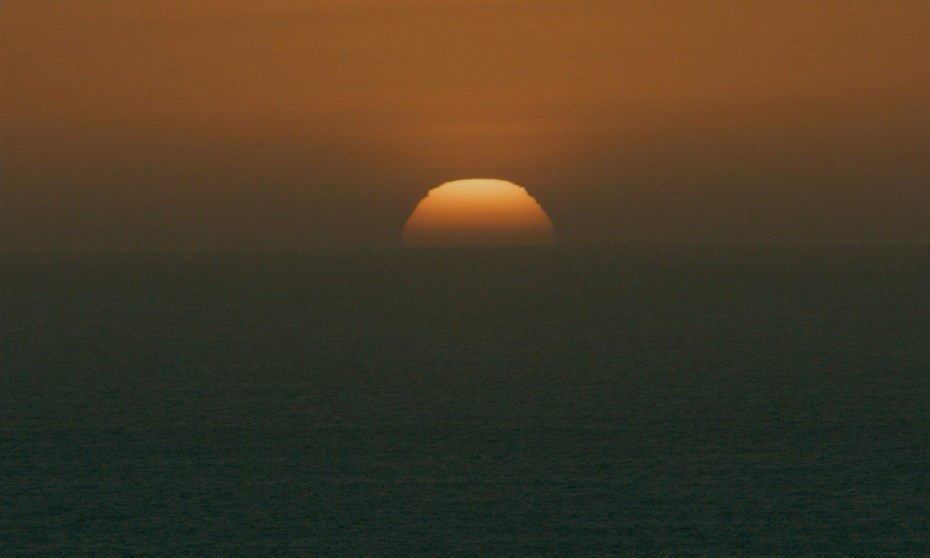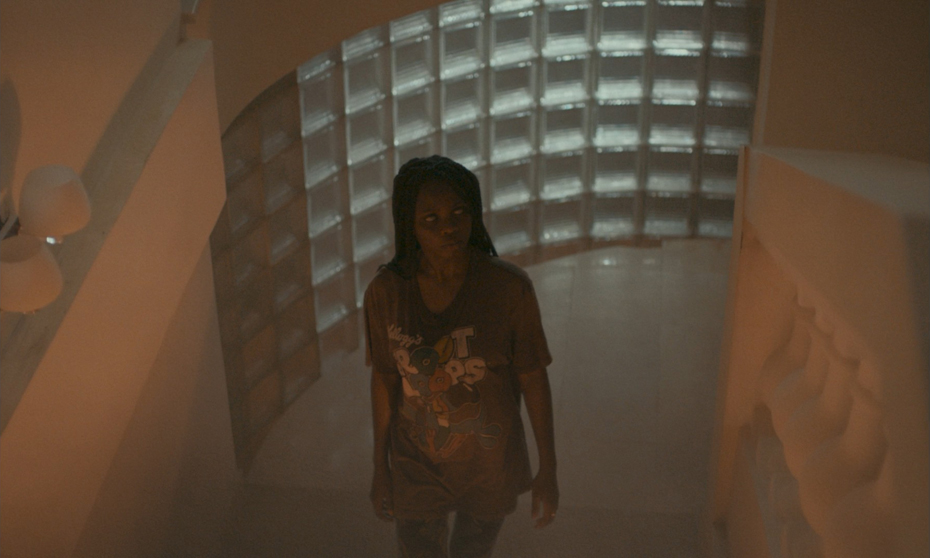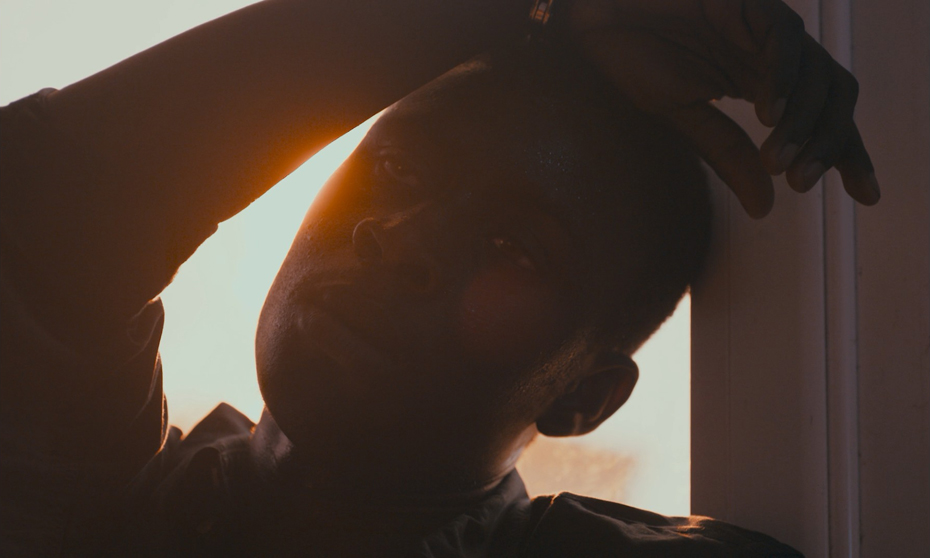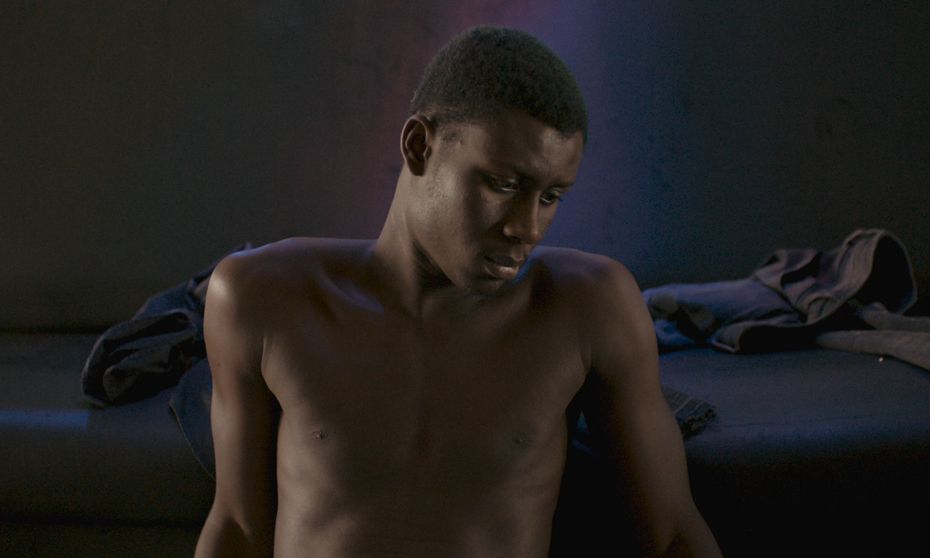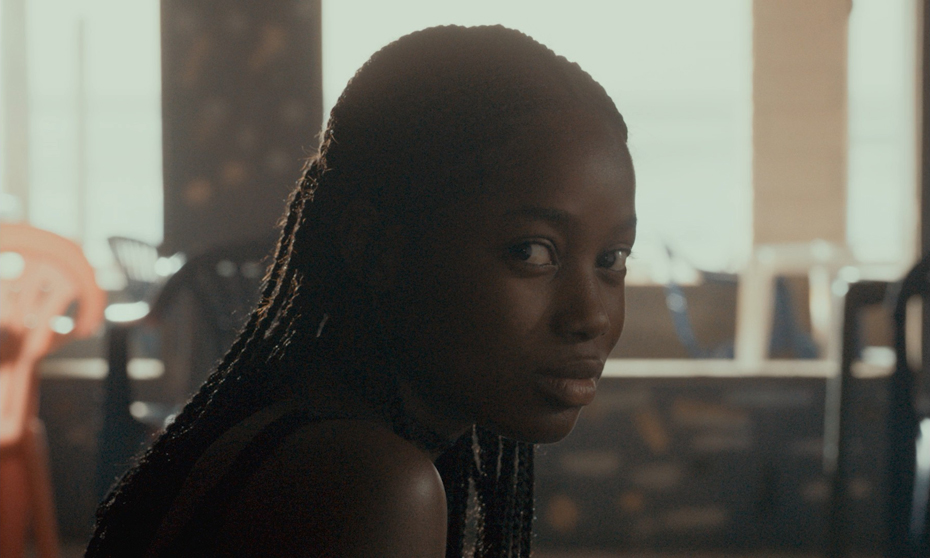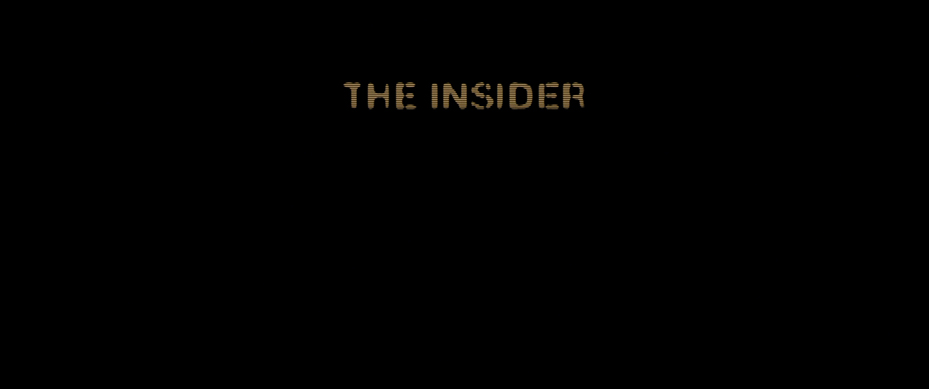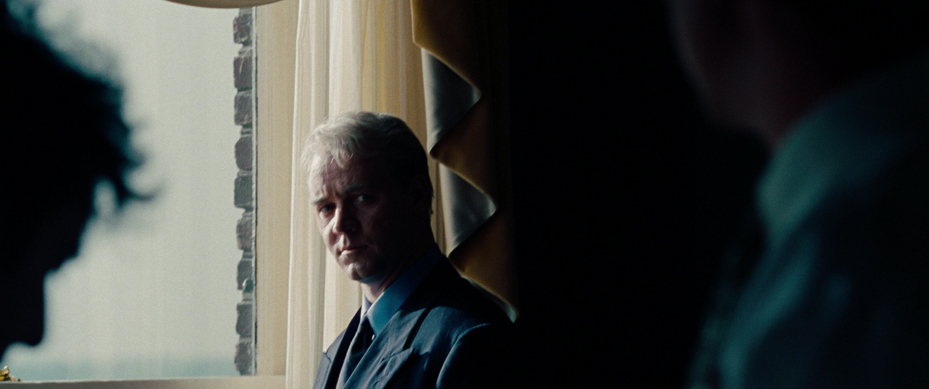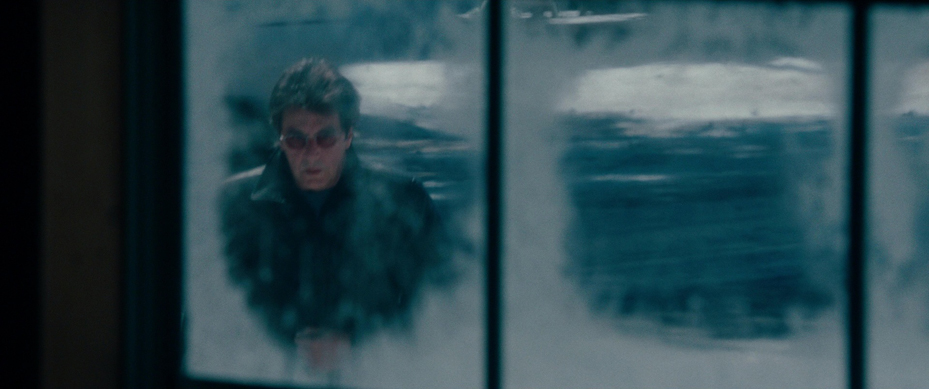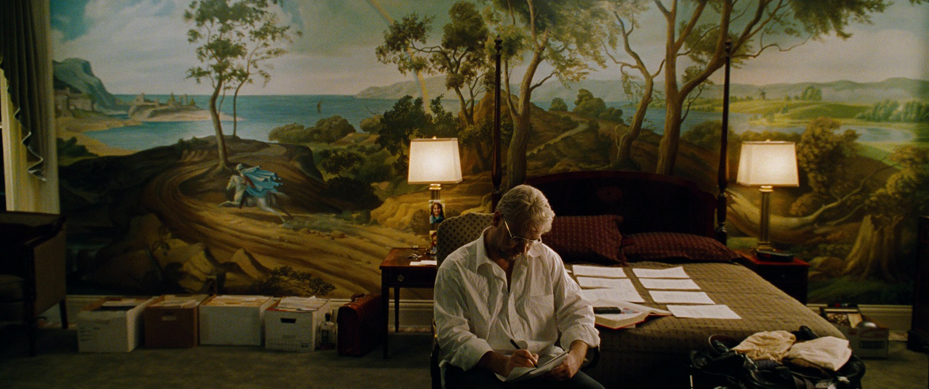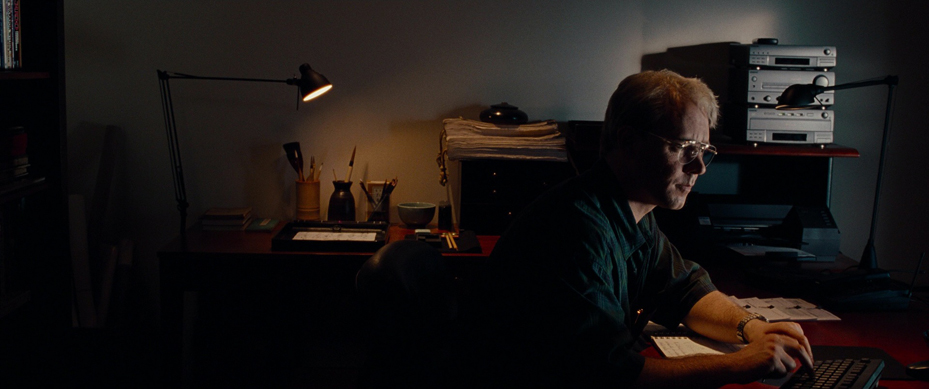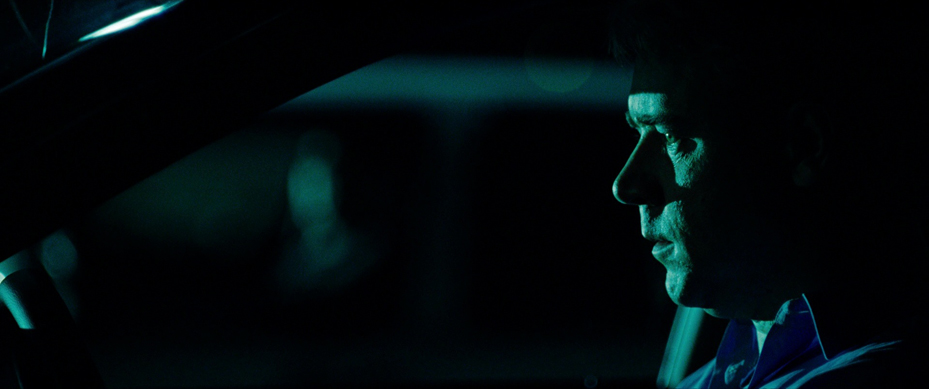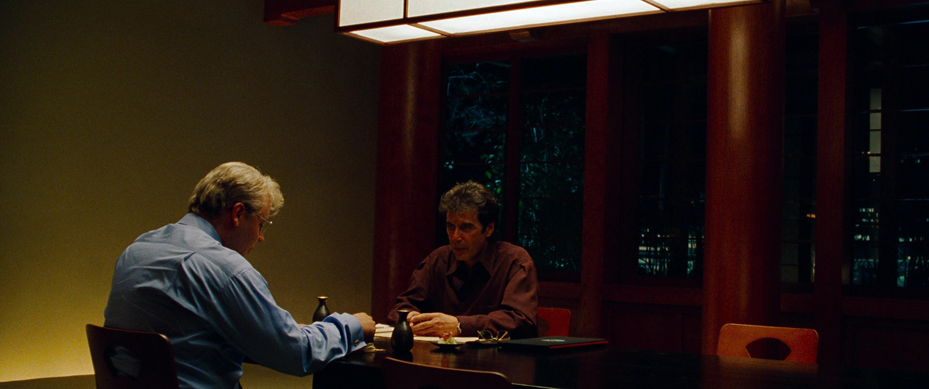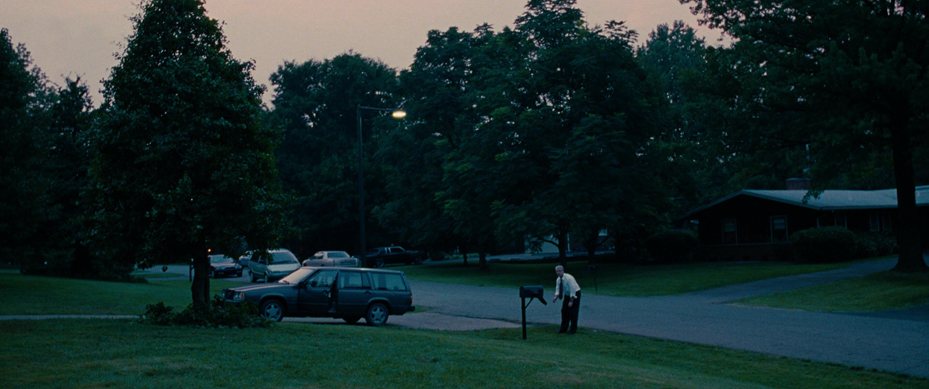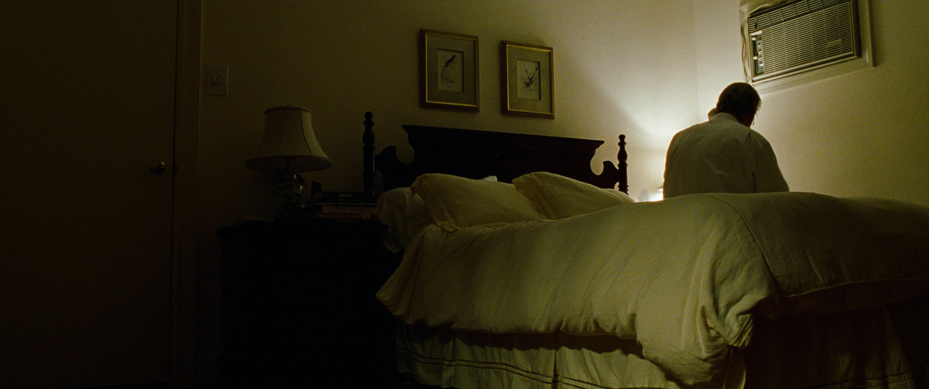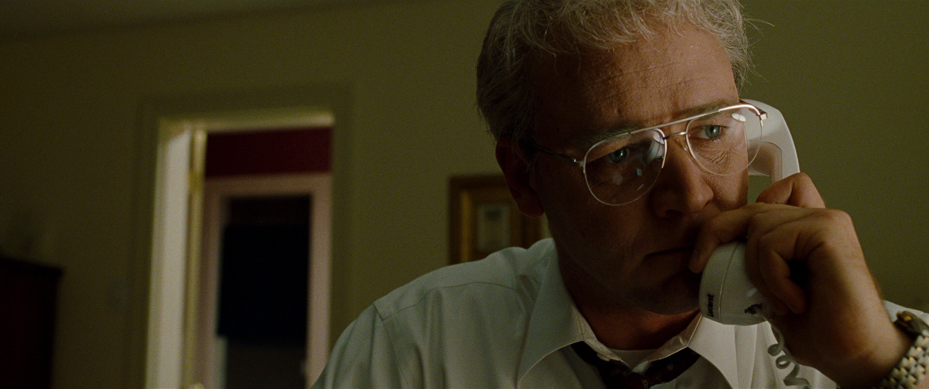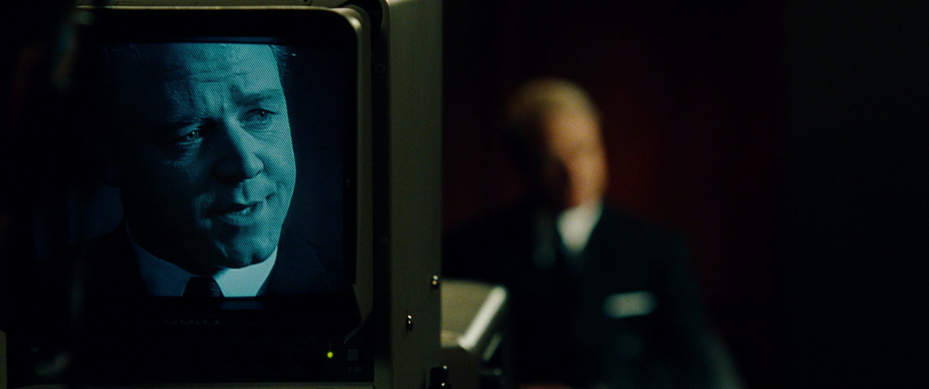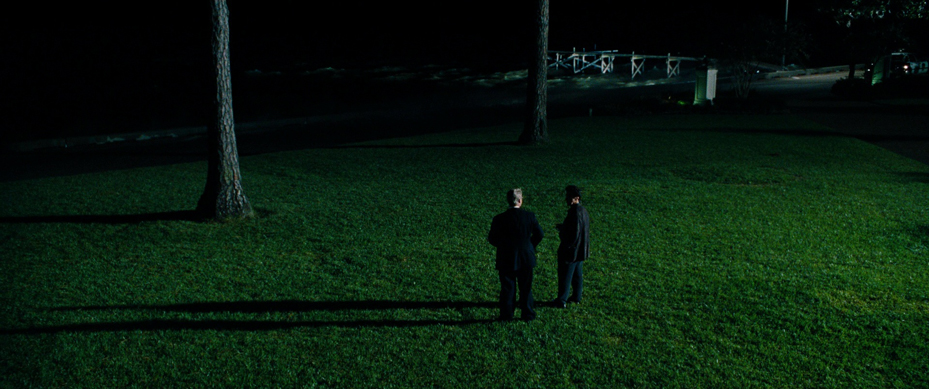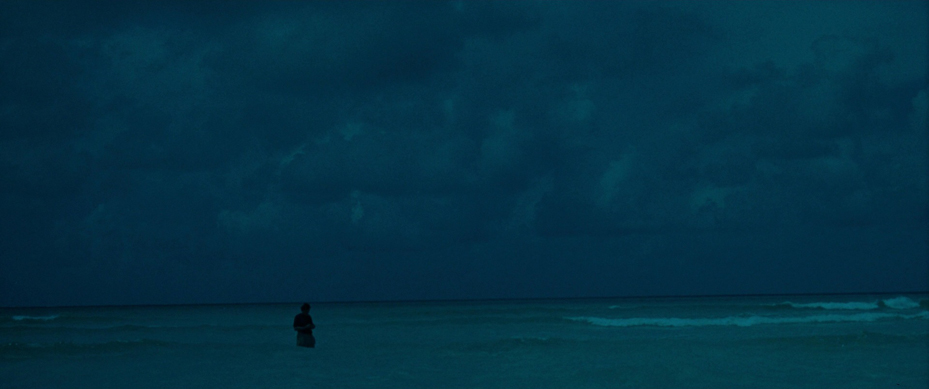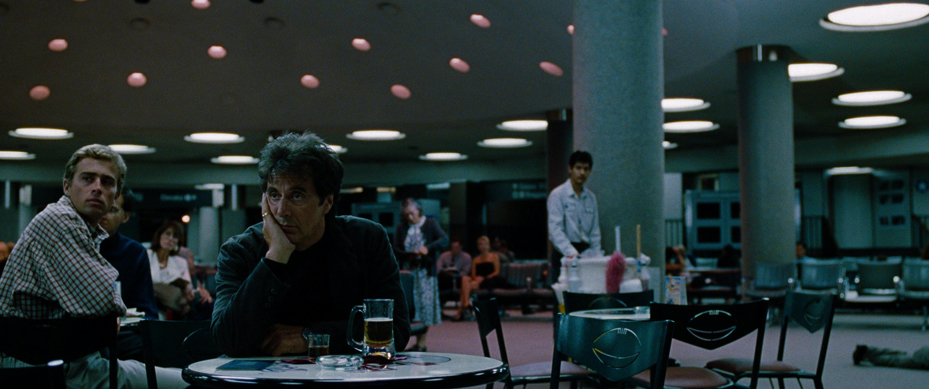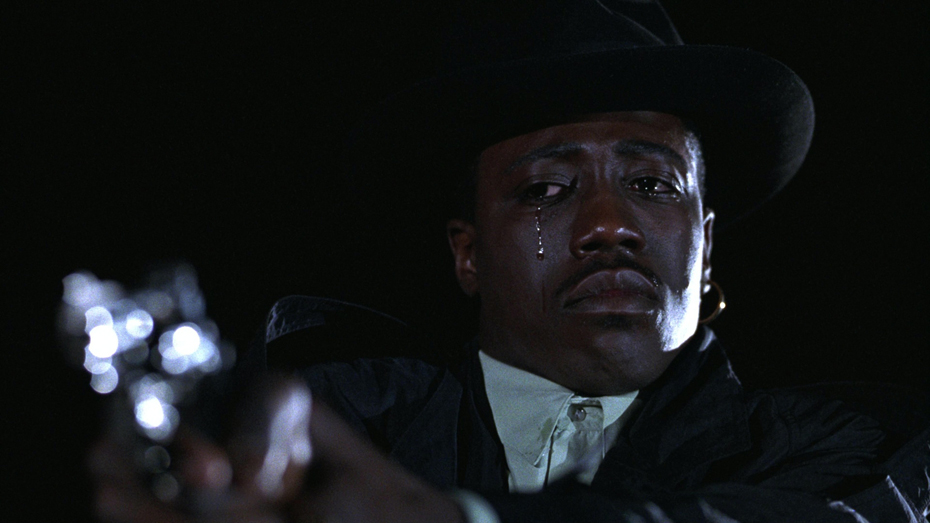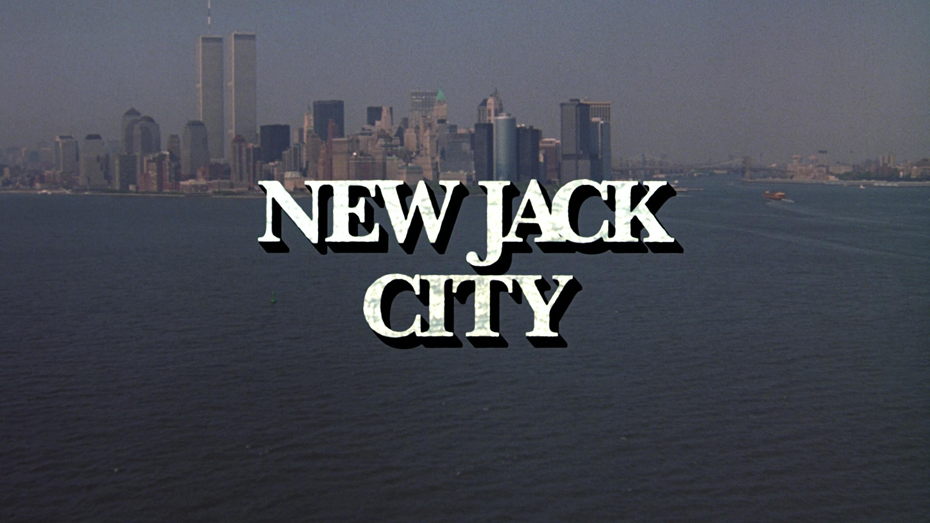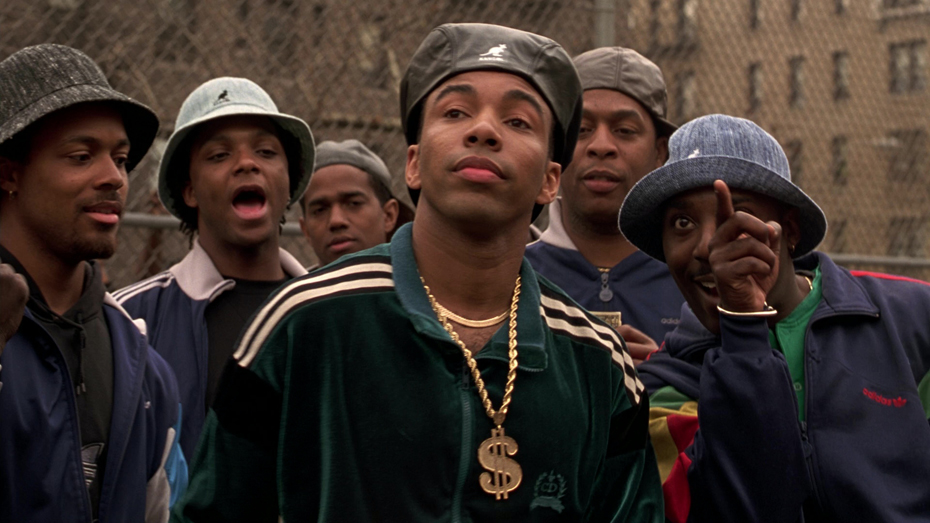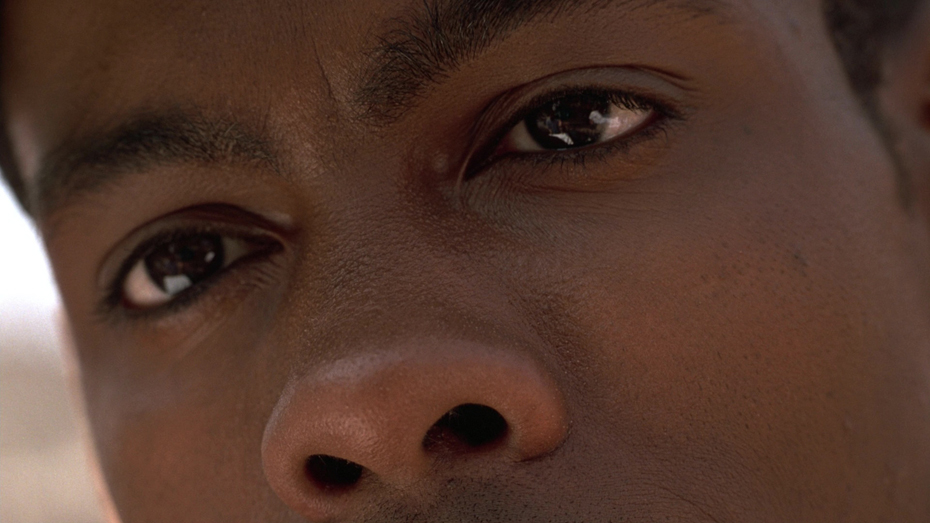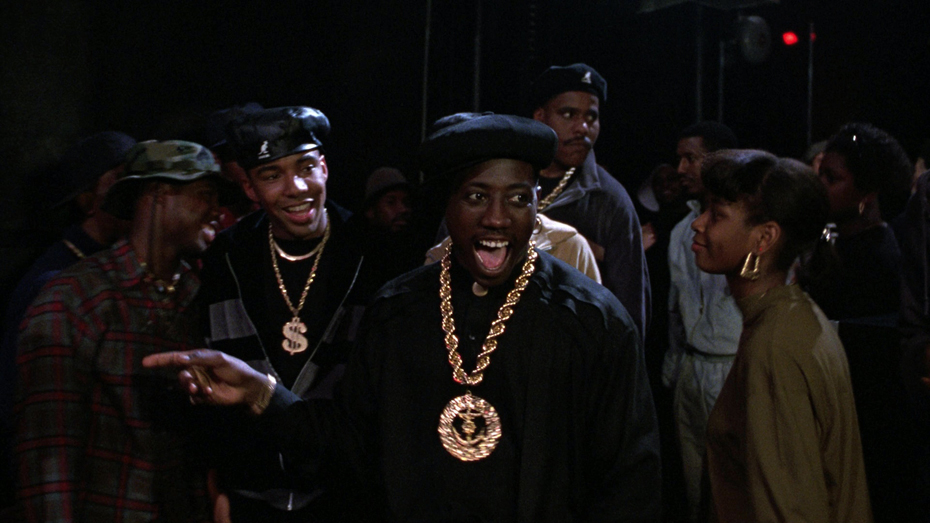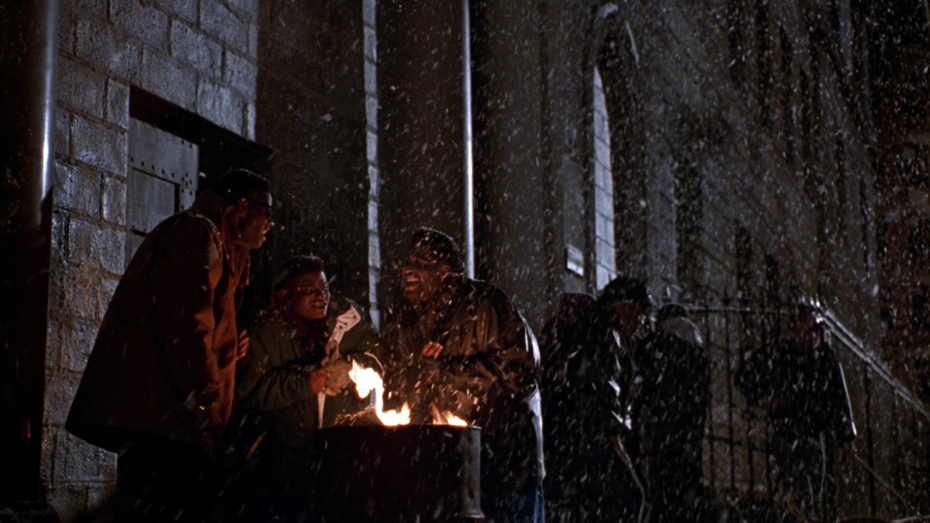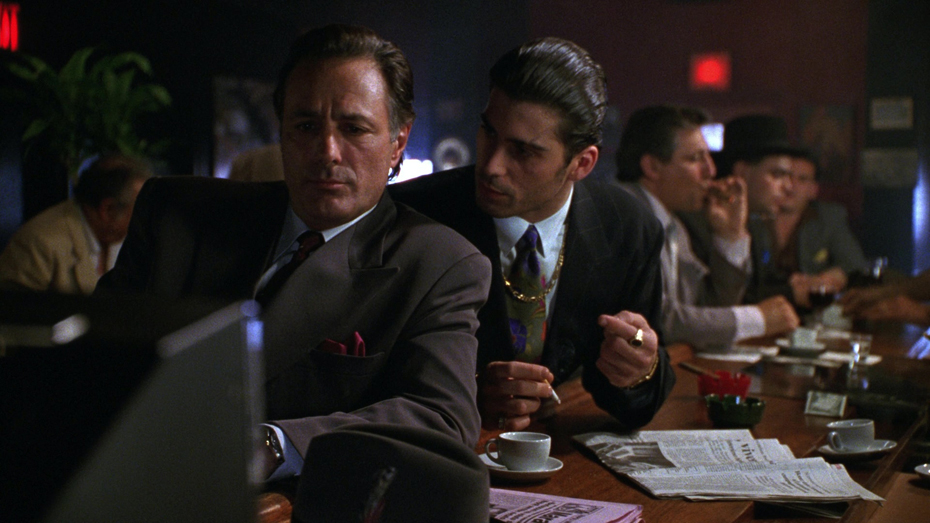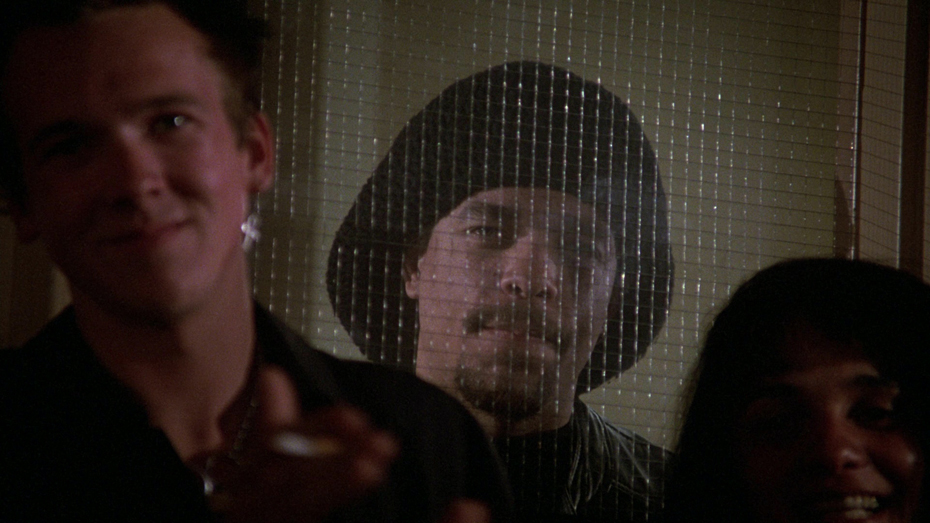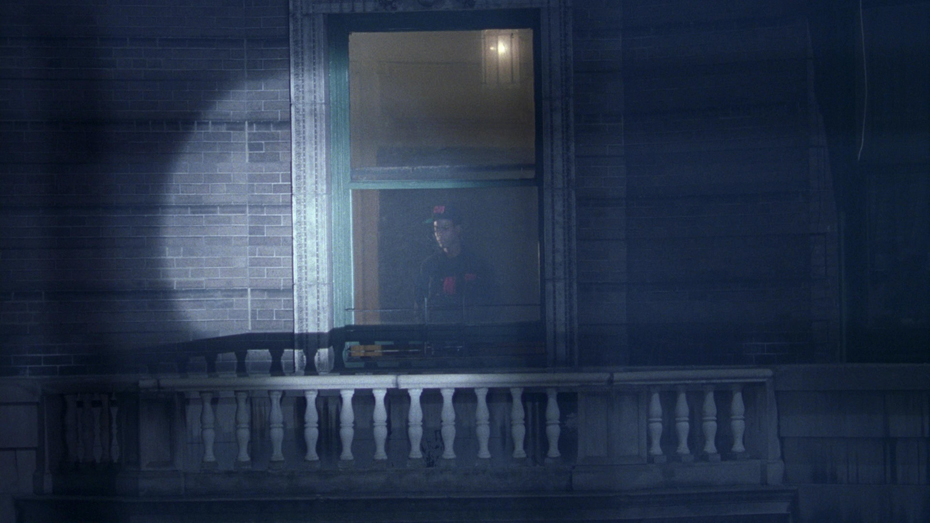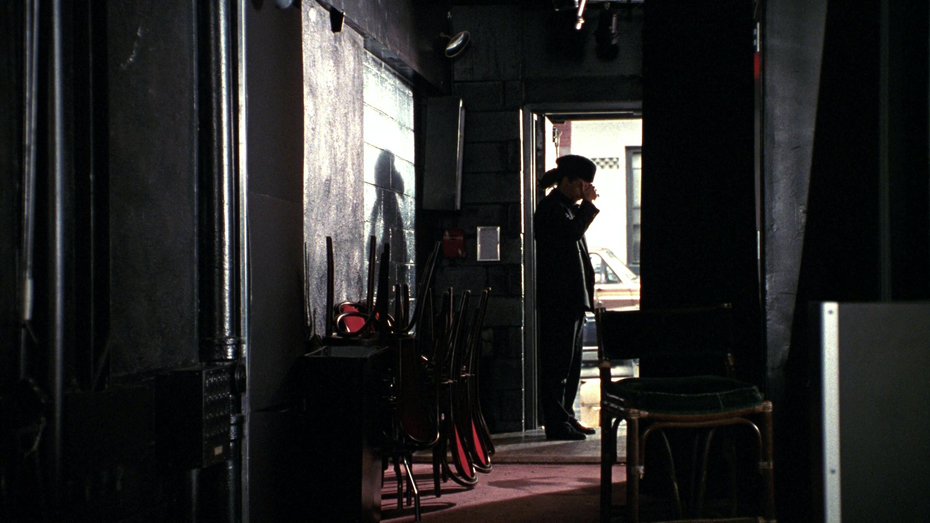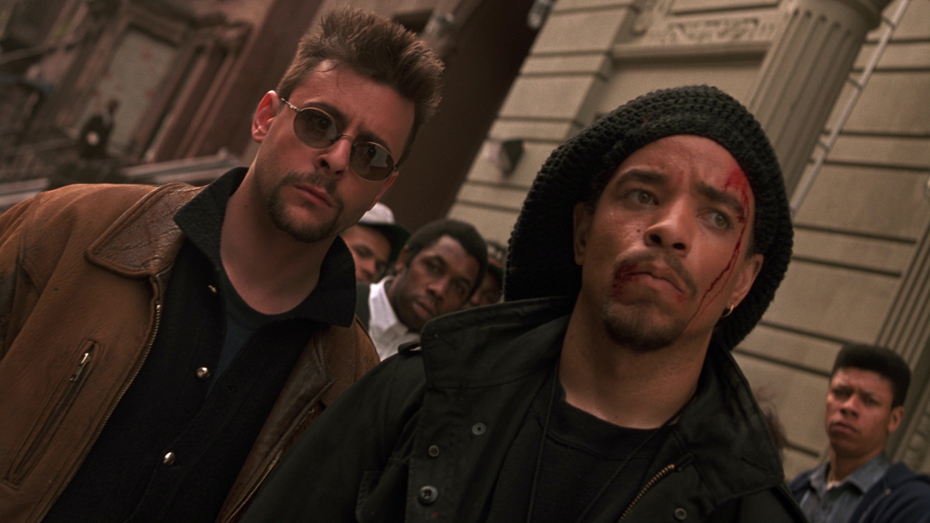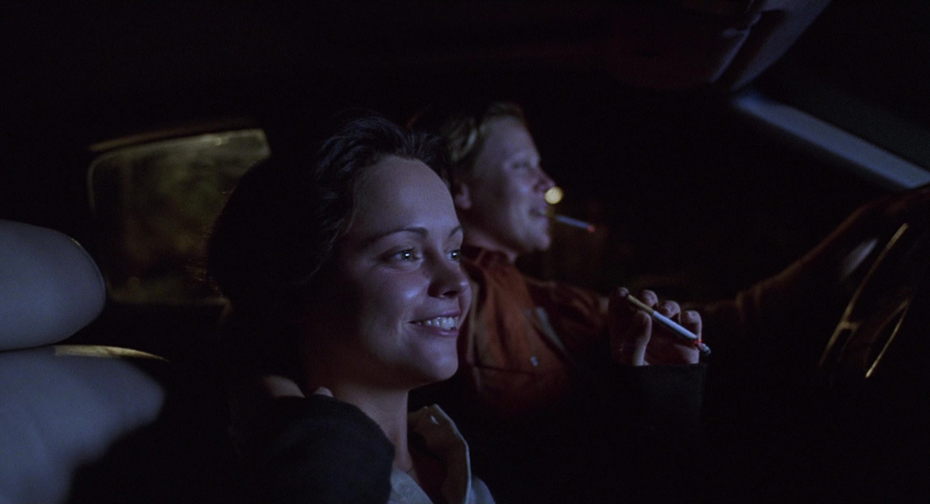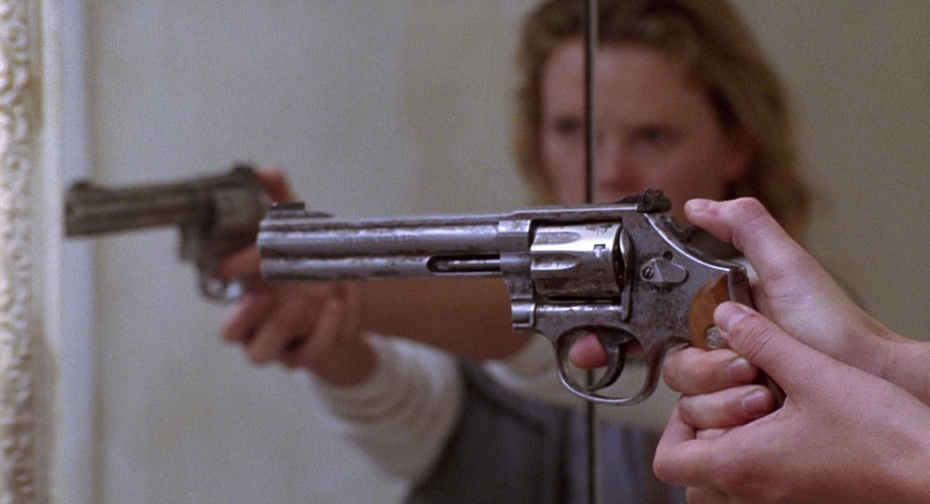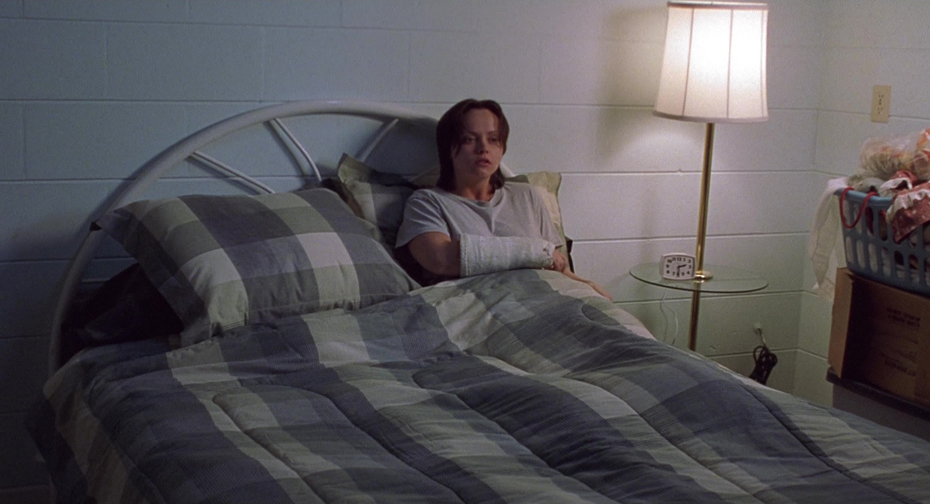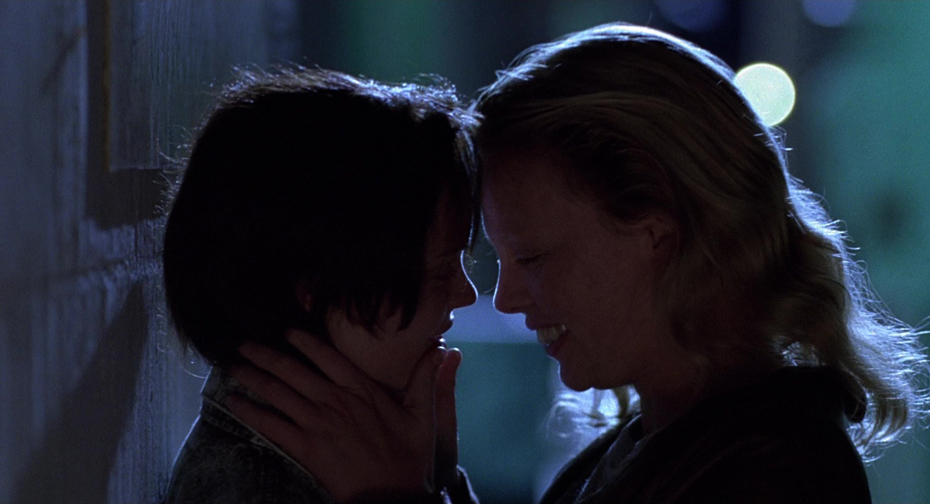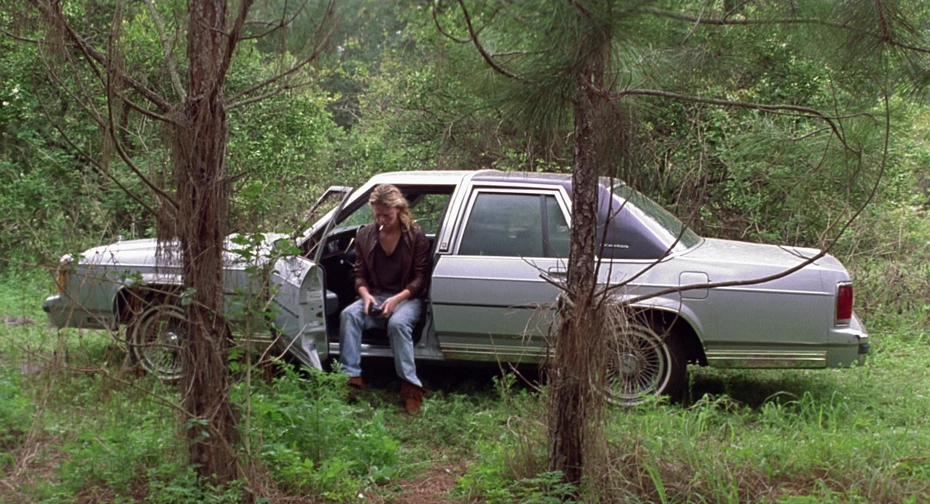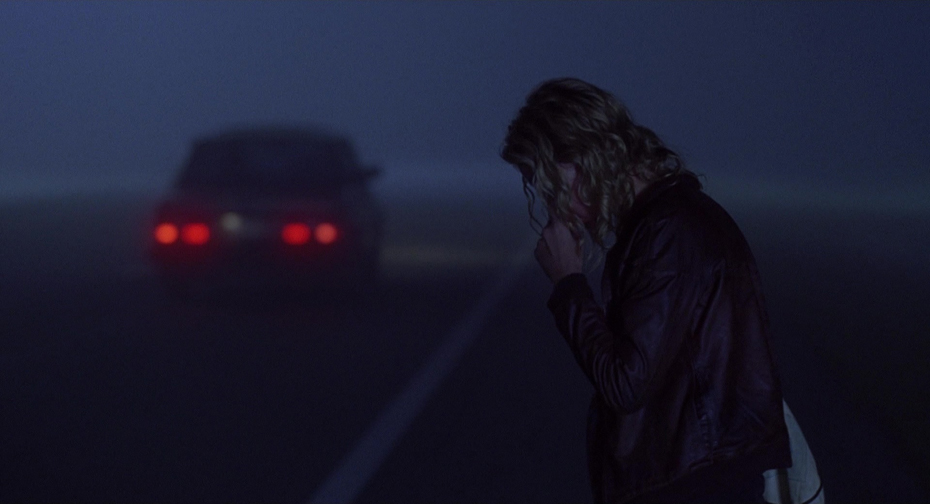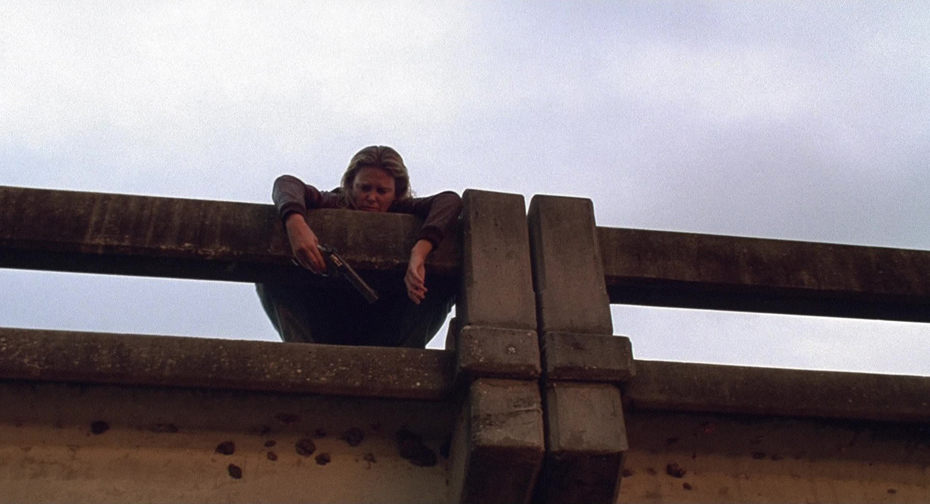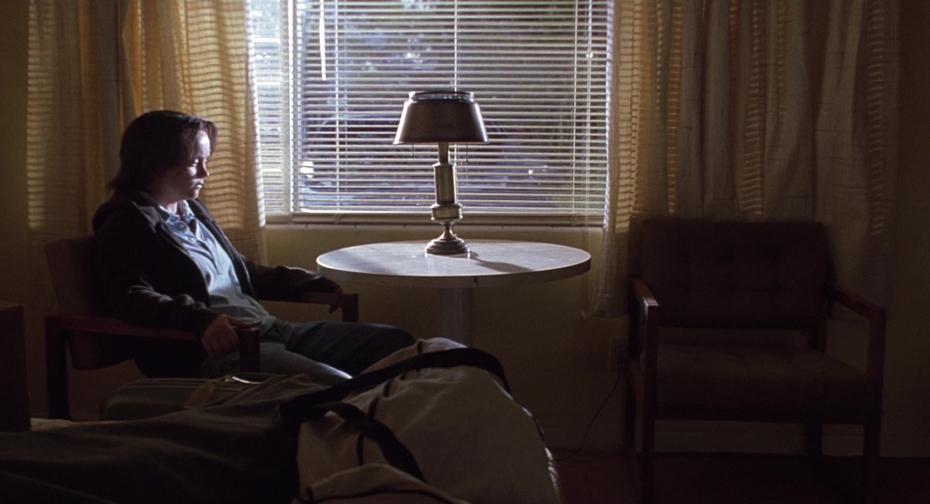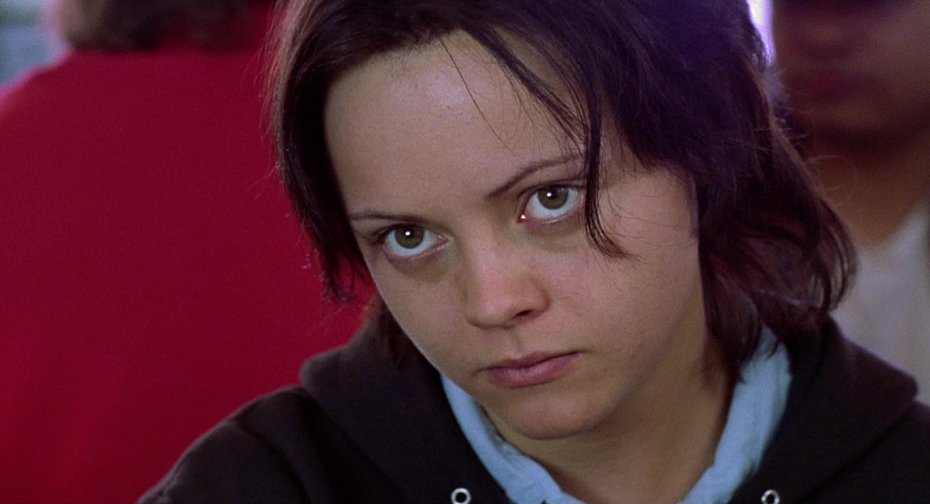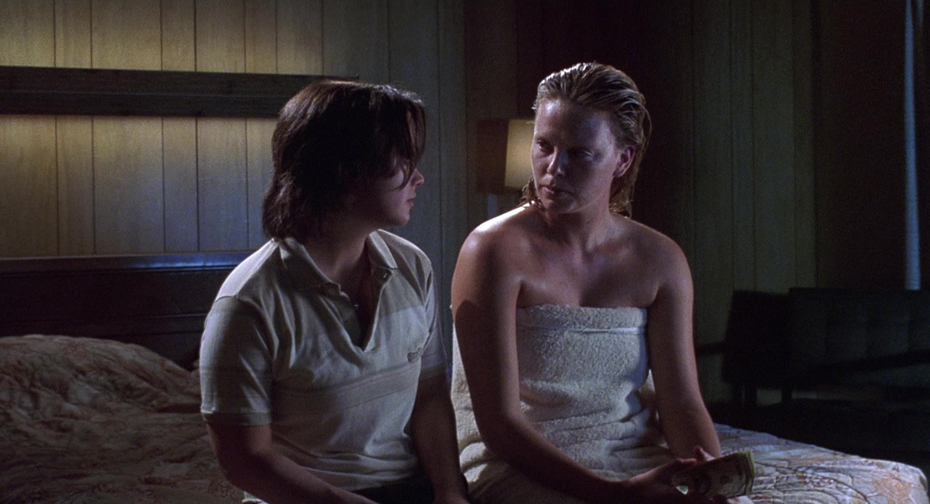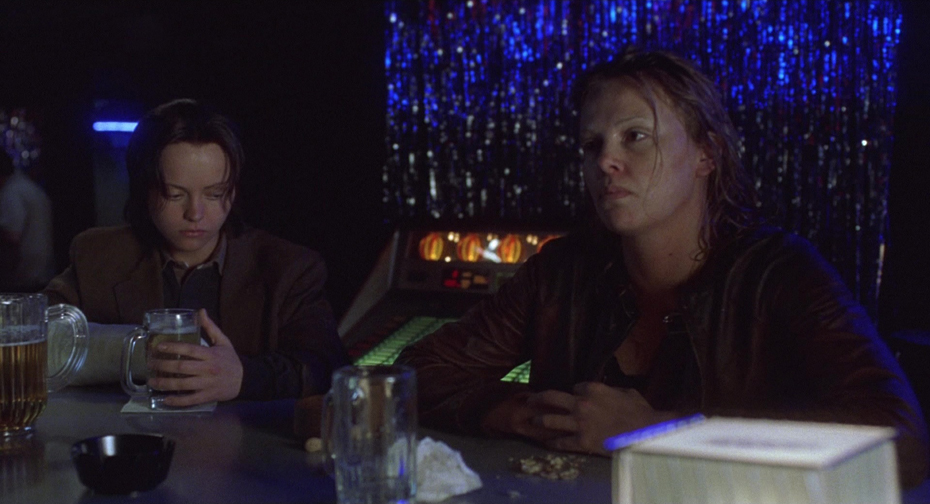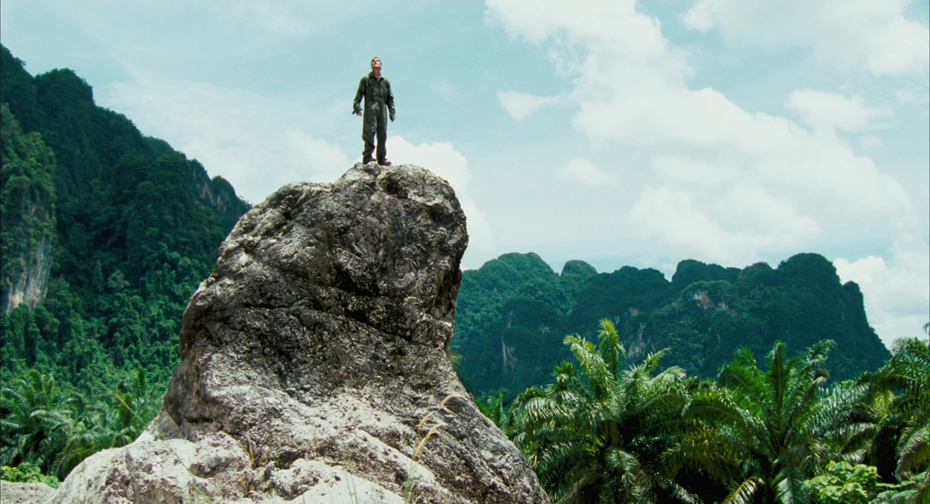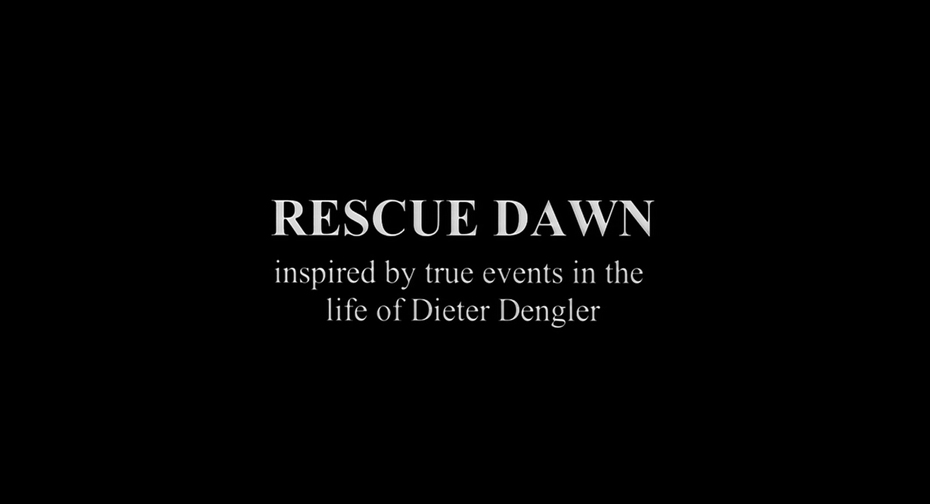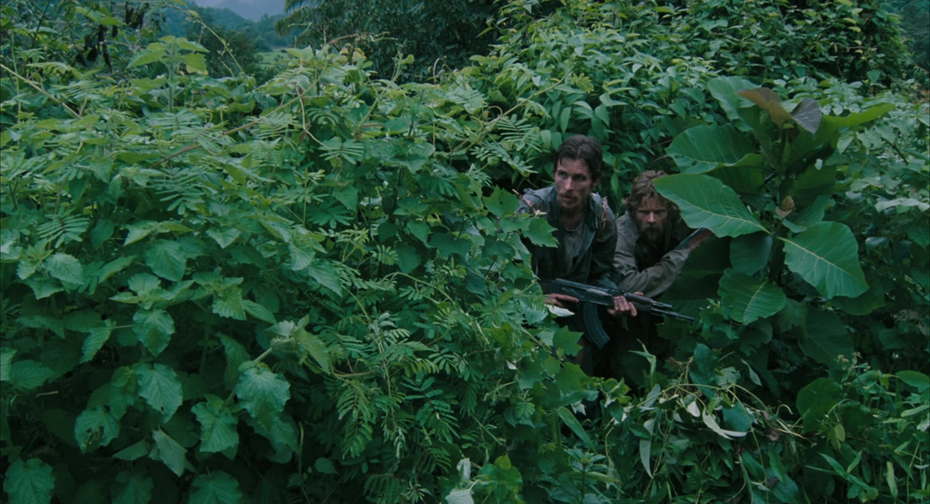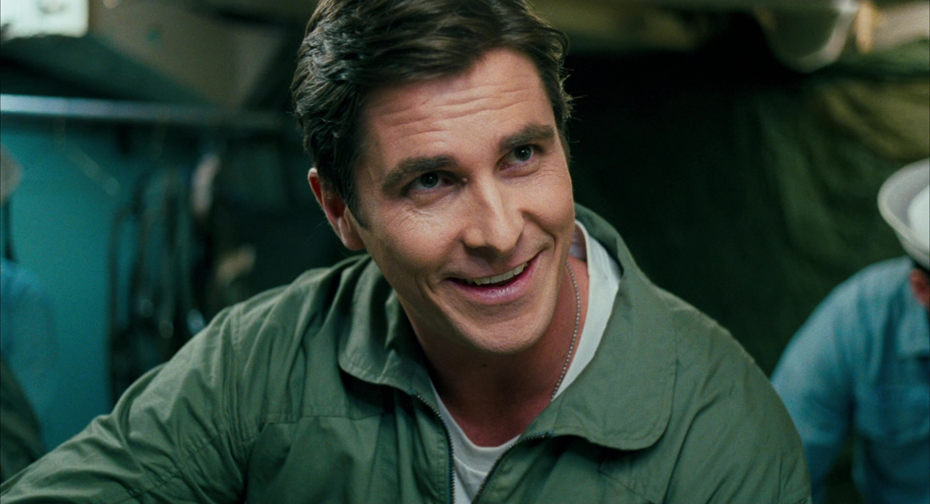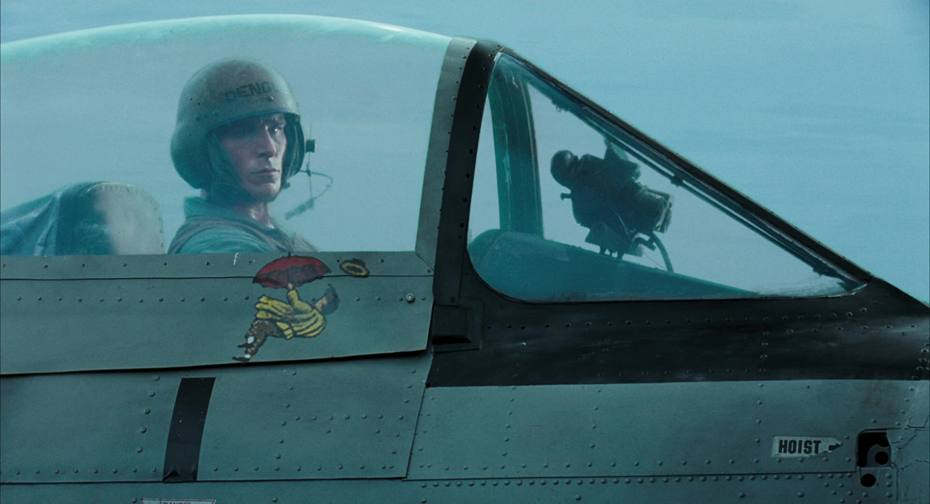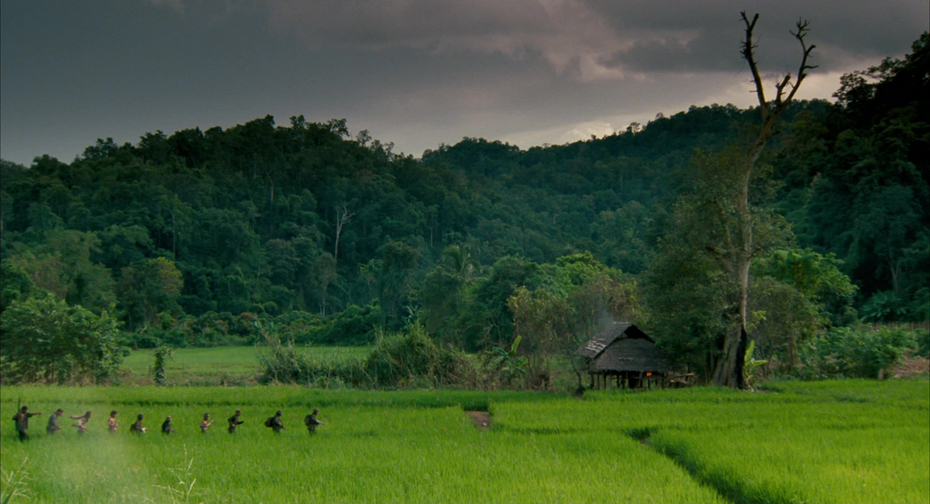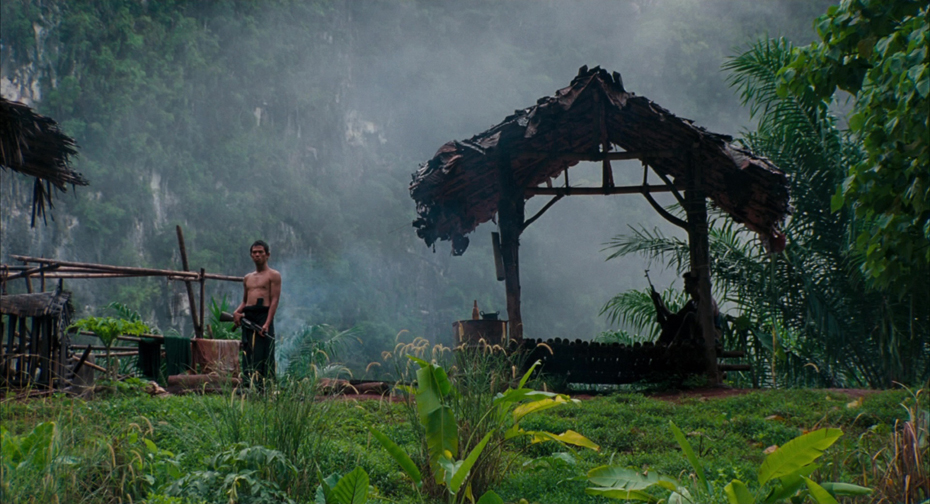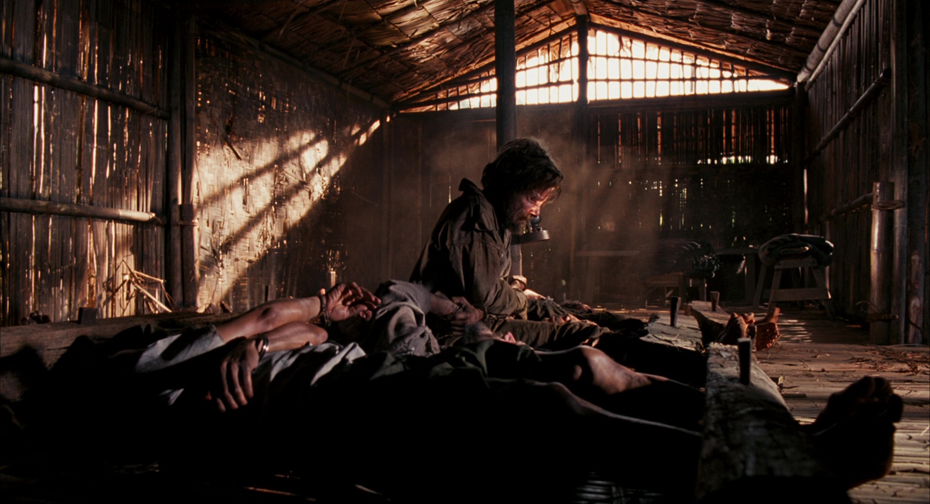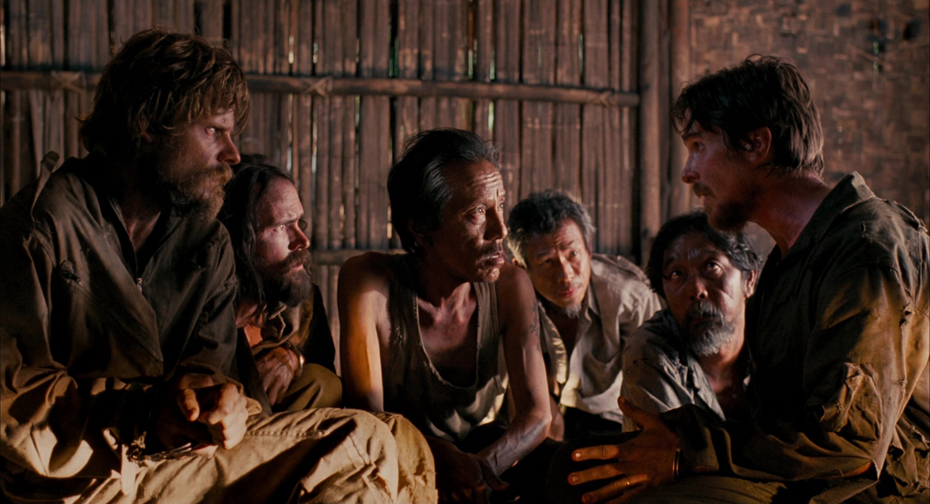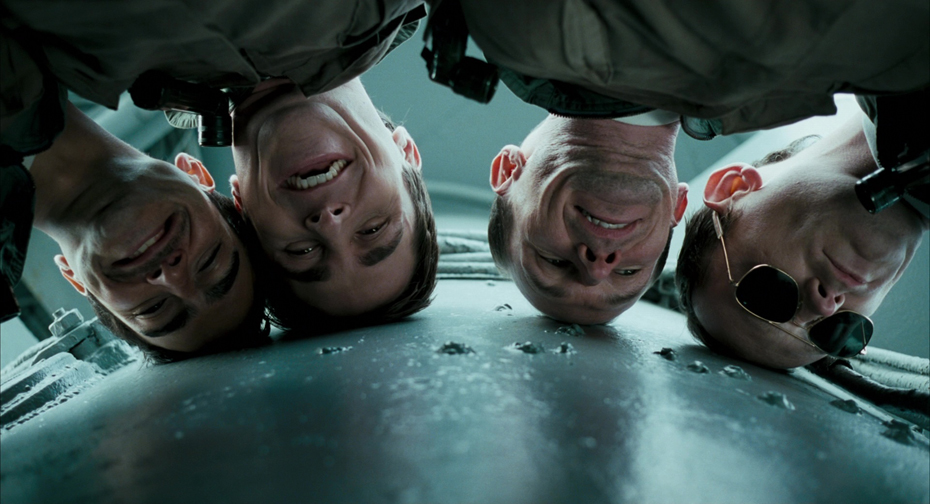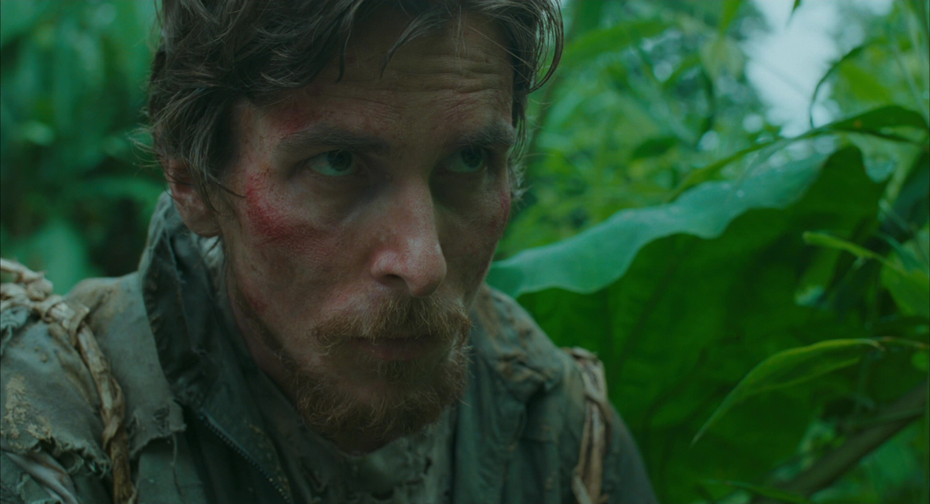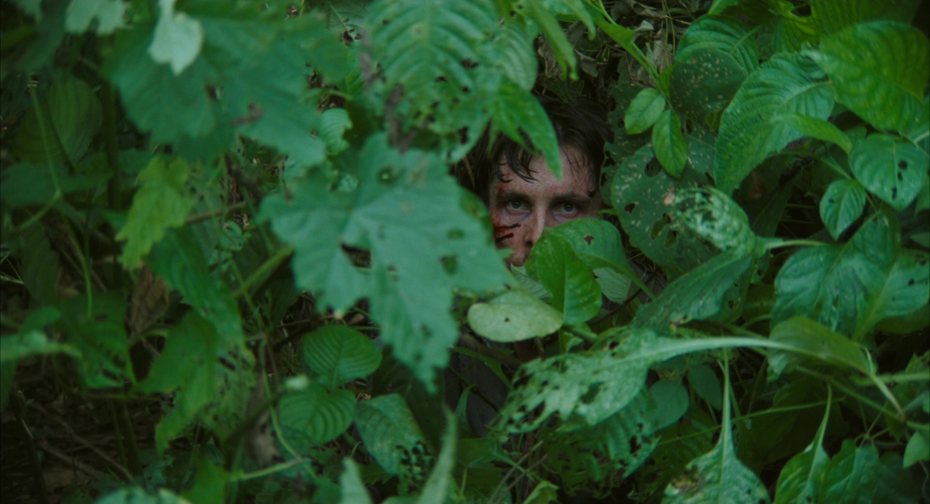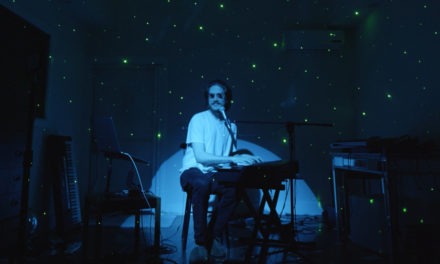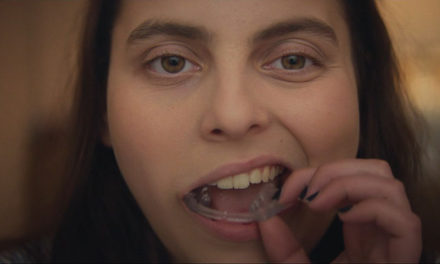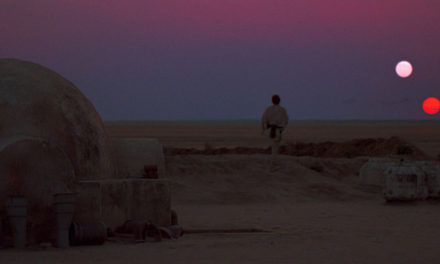THE TUESDAY DROP – 03/01
03.01.22 / New Shots
CALL ME BY YOUR NAME (2017)
CALL ME BY YOUR NAME is a 2017 romantic drama directed by Luca Guadagnino and written by James Ivory, starring Timothée Chalamet and Armie Hammer. The film is based on the 2007 novel of the same name by André Aciman, and follows a relationship between 17 year old Elio Perlman and 24 year old visiting graduate student Oliver in 1983 northern Italy. Call Me By Your Name premiered at the 2017 Sundance Film Festival and was nominated for four Academy Awards, winning for Best Adapted Screenplay. Guadagnino worked on the movie with Thai cinematographer Sayombhu Mukdeeprom. Call Me By Your Name was the pair’s first collaboration, though Mukdeeprom was well-known at the time for his collaborations with Apichatpong Weerasethakul.
Guadagnino and Mukdeeprom spent pre-production scouting locations and observing light in northern Italy during its dry summer, a narrow window of time in which the film was to take place. The pair originally intended to shoot the entire film with natural light using the sun, but when production began, the region was hit with once-in-a-century rain that completely altered the shooting and lighting plan they had entered production with. Mukdeeprom was able to call on his experiences of shooting in Thailand’s unpredictable weather and accomplish a sunny look on camera by both shooting scenes indoors near outdoor spaces, and by diffusing large light sources that were gelled to appear warmer. Mukdeeprom also worked closely with colorist Chaitawat Thrisansri, who was able to take the 35mm negative and manipulate it digitally to create a sunny, summertime look for a movie that was almost entirely filmed in the rain.
THE SHAPE OF WATER (2017)
THE SHAPE OF WATER is a 2017 romantic fantasy film co-written and directed by Guillermo del Toro. Set in 1962 Baltimore, Maryland, the film follows a mute cleaner at a high-security government laboratory who falls in love with a captured humanoid amphibian creature. The film stars Sally Hawkins, Michael Shannon, Richard Jenkins, Doug Jones, Michael Stuhlbarg and Octavia Spencer. The Shape of Water was nominated for thirteen Academy Awards, winning for Best Picture, Best Director, Best Production Design and Best Original Score. Del Toro worked on the film with Danish cinematographer Dan Laustsen. Laustsen had previously worked with del Toro on Mimic and Crimson Peak.
Del Toro wanted the film to capture the essence of its title through the camerawork, intricately designing long, flowing camera moves that often resulted in takes that looked 360 degrees around an entire set. Given the period and nature of the story, del Toro also wanted the film to feel like a 60s American noir in its moodiness and prevalence of shadows, and he also wanted to embrace the underwater themes of the film by filling it with a strong blue palette throughout. With a $19.5 million budget and a single camera to film the entire movie over 55 days, Laustsen had to create flexible lighting setups that would allow the crew to both move quickly and capture the film’s elaborate sequences. All of the key lights were rigged above the actors, with an LED light often kept on the camera at a 45 degree angle to light actors during long, flowing takes. Laustsen also used negative fill extensively to paint scenes with shadows and create dramatic contrast ratios. The film was shot on the Alexa XT with Master Primes and a quarter black Pro Mist filter, and with such careful planning in the lighting and camera work, very little work was ultimately done to alter the image in the DIT.
DEAD POETS SOCIETY (1989)
Australian director Peter Weir’s 1989 teen drama DEAD POETS SOCIETY stars Robin Williams as John Keating, a new English teacher at a high-pressure all-boys preparatory school who introduces unorthodox methods to inspire his students and break them out of their shells. The film was nominated for four Academy Awards – Best Picture, Best Director, Best Actor and Best Original Screenplay, winning in the Best Original Screenplay category. Weir worked on Dead Poets Society with Australian cinematographer John Seale. Seale and Weir had previously worked together on Witness and The Mosquito Coast, and Seale was established as one of the most prolific Australian cinematographers of the 1980s.
Weir and Seale established a quiet, unintrusive way of working on set in an attempt to protect their young cast from getting caught up in the scale of a big Hollywood production. Weir was insistent that he cast boys who were of high school age, and as a result had many first-time actors on set. In order to prevent the mechanics of yelling “Action” and “Cut” from causing the actors to seize up on set, Weir would silently instruct Seale to roll camera, and would throw a scrunched-up piece of paper at the person who had to lead off in each take, and tapping a spoon on a tea cup to signify that the shot could be cut. One area where Weir and Seale were especially concerned to get the camera work right was in Neil’s death scene, not wanting to glorify suicide in any way. After some re-writes that established that Neil wasn’t making a heroic decision in any way, Seale filmed the scene with high camera angles and a flatter lighting scheme that showed the emotional bleakness and tragedy of the moment without glorifying the act itself.
LAST YEAR AT MARIENBAD (1961)
Alain Resnais’s 1961 drama LAST YEAR AT MARIENBAD stars Delphine Seyrig and Giorgio Albertazzi as an unnamed woman and man who disagree with whether they have previously met or had an affair while staying in a luxury hotel. The film was awarded the Golden Lion at the Venice International Film Festival, and was nominated for an Academy Award for Best Original Screenplay. Last Year at Marienbad has become a noted piece of avant-garde French-Italian cinema for its dreamlike nature and enigmatic narrative structure, and has become one of the most influential avant-garde films of the 60s. The film was shot by French cinematographer Sacha Vierny, who had worked with Resnais on the 1959 French New Wave romantic drama Hiroshima mon amour.
While the collaboration between Resnais and Vierny was critical to the development of Last Year at Marienbad’s visual language, much of it is also owed to the work of screenwriter Alain Robbe-Grillet. Robbe-Grillet wrote a screenplay that went into extensive detail of not only the story progression and editing approach, but also the décor on set, gestures of the actors and placement of movement of the camera, including the sequences of shots for when the film entered post-production. Resnais was very faithful to the shooting approach specified in the script, working with Vierny to build the film almost shot-for-shot as specified in the script, using Dyaliscope black-and-white widescreen to give the movie a sense of grandeur and scale.
BURNING (2018)
Lee Chang Dong’s 2018 psychological thriller BURNING is based on Haruki Murakami’s short story Barn Burning (from the book The Elephant Vanishes), with elements inspired by William Faulkner’s story of the same name. The film stars Yoo Ah-in, Steven Yeun and Jeon Jong-seo, and follows a young deliveryman, Jong-su (Yoo), who runs into his childhood friend, Hae-mi (Jeon), before being introduced through her to a enigmatic stranger, Ben (Yeun), who Jong-su grows suspicious of. Burning was nominated for the Palme d’Or at the 2018 Cannes Film Festival and was widely considered one of the best films of the year. Burning was Lee’s first film in eight years, and he worked on the movie with South Korean cinematographer Hong Kyung-pyo. Hong was best known for his work on films such as Mother, Snowpiercer and The Wailing.
Lee set a couple of core ground rules for the film that allowed him and Hong to collaborate on developing its visual language. First, Lee felt that the film should have a natural, organic quality to its camera work, and live somewhere between the planned and the spontaneous in order to keep the audience guessing about where things were headed. As a result, Lee and Hong chose not to storyboard the entire film (which was a departure from Hong’s collaborations with Bong Joon-ho), and instead find moments wherever possible that they could spontaneously shoot in the film’s slow, deliberate style. Second, Lee wanted to push home the theme of how thin the line is between what exists and doesn’t exist in the lighting approach. Sunlight was often the key light for scenes, and many scenes were shot around magic hour, creating ambiguous territory between light and darkness throughout the film.
ATLANTICS (2019)
Mati Diop’s feature directorial debut, ATLANTICS, is a supernatural romantic drama set in the suburbs of Dakar, Senegal that follows a young woman, Ada (played by Mame Bineta Sane) and her partner Souleiman (Ibrahima Traoré) as they navigate issues of employment, class, migration, and ghosts. The film is set in and around the Atlantic Ocean on Senegal’s coast. Atlantics was selected to compete for the Palme d’Or at the 2019 Cannes Film Festival, making Diop the first Black woman to direct a film in competition at the festival. Diop worked on the film with French cinematographer Claire Mathon, who was best known at the time for her work on Stranger by the Lake, The Last Hammer Blow and Mon roi (Mathon also shot Céline Sciamma’s Portrait of a Lady on Fire the same year).
Mathon and Diop started from a reference of John Carpenter’s films (in particular, The Fog and Assault on Precinct 13), but knew their visual language would be largely influenced by scouting and immersing themselves in the locations in Senegal. After observing the lighting conditions, they decided to shoot daytime scenes with the RED Epic because of the dreamy quality it gave images and the way it rendered Dakar’s sandy heat, and night scenes with the VariCam 35, due to its high sensitivity (their locations and budget meant that night scenes were basically plunged in darkness). Diop and Mathon were very sensitive to the lighting and color quality of the film as they were shooting it, particularly given the supernatural elements to the story, and the pair would often work to first establish a lighting setup before deciding where to place the camera and how to cover scenes.
THE INSIDER (1999)
Michael Mann’s 1999 drama THE INSIDER stars Russell Crowe and Al Pacino, and is adapted from Marie Brenner’s 1996 Vanity Fair article “The Man Who Knew Too Much”. The film is a fictionalized account of the 60 Minutes segment about Jeffrey Wingand, a whistleblower in the tobacco industry. The movie follows Wingand and CBS producer Lowell Bergman’s struggles as they defend efforts to discredit and suppress his testimony. The Insider was nominated for seven Academy Awards – Best Picture, Best Director, Best Actor, Best Adapted Screenplay, Best Cinematography, Best Editing and Best Sound. The film was shot by Italian cinematographer Dante Spinotti. Spinotti had previously collaborated with Mann on Manhunter, The Last of the Mohicans and Heat.
Spinotti and Mann had established a close collaboration by the time that they began shooting The Insider. Mann would dictate camera placement, lensing and angles for every shot, and Spinotti would focus his efforts on creating a lighting setup that was as functional and efficient in both its construct and storytelling communication as possible. Spinotti and Mann wanted to make The Insider as subjective and frenetic a viewing experience as possible, and wanted the audience to get uncomfortably close to the characters. Spinotti found a tall Frazier lens that had been designed by an Australian photographer to take pictures of insects, and used it for getting extreme close-up shots of actors that would both disorient the viewer and get them right into the personal space of the characters on screen.
NEW JACK CITY (1991)
NEW JACK CITY is a 1991 crime thriller directed by Mario Van Peebles in his directorial debut. The film stars Van Peebles, Wesley Snipes, Ice-T, Chris Rock, Allen Payne and Bill Cobbs. It follows Nino Brown (Snipes), a rising drug lord in New York City during the crack epidemic, and Scotty Appleton (Ice-T), a detective who goes undercover in Nino’s gang. New Jack City premiered at the 1991 Sundance Film Festival and grossed over $47 million from its $8 million budget. Van Peebles worked on the movie with American cinematographer Francis Kenny. Kenny was best known at the time for his work on the 1988 dark comedy Heathers.
Van Peebles and Kenny decided to shoot New Jack City on 35mm film using Panavision cameras and lenses, and the movie was shot on location in New York City. Van Peebles wanted to make a different kind of gangster movie, drawing on influences from 70s and 80s gangster films as well as hip hop to comment on the ways that drugs were damaging Black communities in the US. Kenny approached the camera work and lighting for the film influenced by films such as Scarface and The Untouchables, with high contrast ratios and elaborate camera moves that heightened the action and sustained the tension of the film as it moved towards its conclusion.
MONSTER (2003)
MONSTER is a 2003 biographical crime drama written and directed by Patty Jenkins in her feature directorial debut. The film stars Charlize Theron as serial killer Aileen Wuornos, a street sex worker who murdered seven of her male clients between 1989 and 1990. The film premiered at AFI Fest and won the Academy Award for Best Actress. Jenkins worked on Monster with American cinematographer Steven Bernstein, who was known at the time for his work on films such as Like Water for Chocolate, Kicking and Screaming and The Waterboy. Given that Bernstein had more feature experience than Jenkins at the time, he worked closely with her to help guide the production in areas where shots needed to be dropped or combined in order to ensure that the story was told as effectively as possible given its constraints. Day time scenes were shot largely outside and with natural light, and night scenes were often lit with strong single sources that cast deep shadows and created strong contrast ratios that heightened the darkness and drama of the story.
RESCUE DAWN (2006)
RESCUE DAWN is a 2006 epic war drama written and directed by Werner Herzog, adapted from his 1997 documentary Little Dieter Needs to Fly. Starring Christian Bale, the film is based on the true story of German-American pilot Dieter Dengler, who was shot down and captured by villagers during an American military campaign in the Vietnam War. Herzog worked on Rescue Dawn with Czechoslovakian-born Austrian cinematographer Peter Zeitlinger. Herzog and Zeitlinger had worked together since 1995’s Death for Five Voices on all of Herzog’s directorial projects.
With a reputation for filming in extreme conditions on films such as Aguirre, The Wrath of God and many others, Rescue Dawn was no exception for Herzog, who embedded the cast and crew deep in northern Thailand to stand in for Laos in the film. Almost entirely cut off from any cities or townships, the cast and crew lived in many ways like the subjects of the film (Bale reportedly ate maggots, swam in snake-infested waters and had to avoid dangerous creatures throughout the three month shoot). For Zeitlinger, a documentary-influenced approach to the lighting and camerawork made most sense, often discovering shots while filming scenes and relying largely upon natural light to give the film its authentic, lived-in look and feel.

